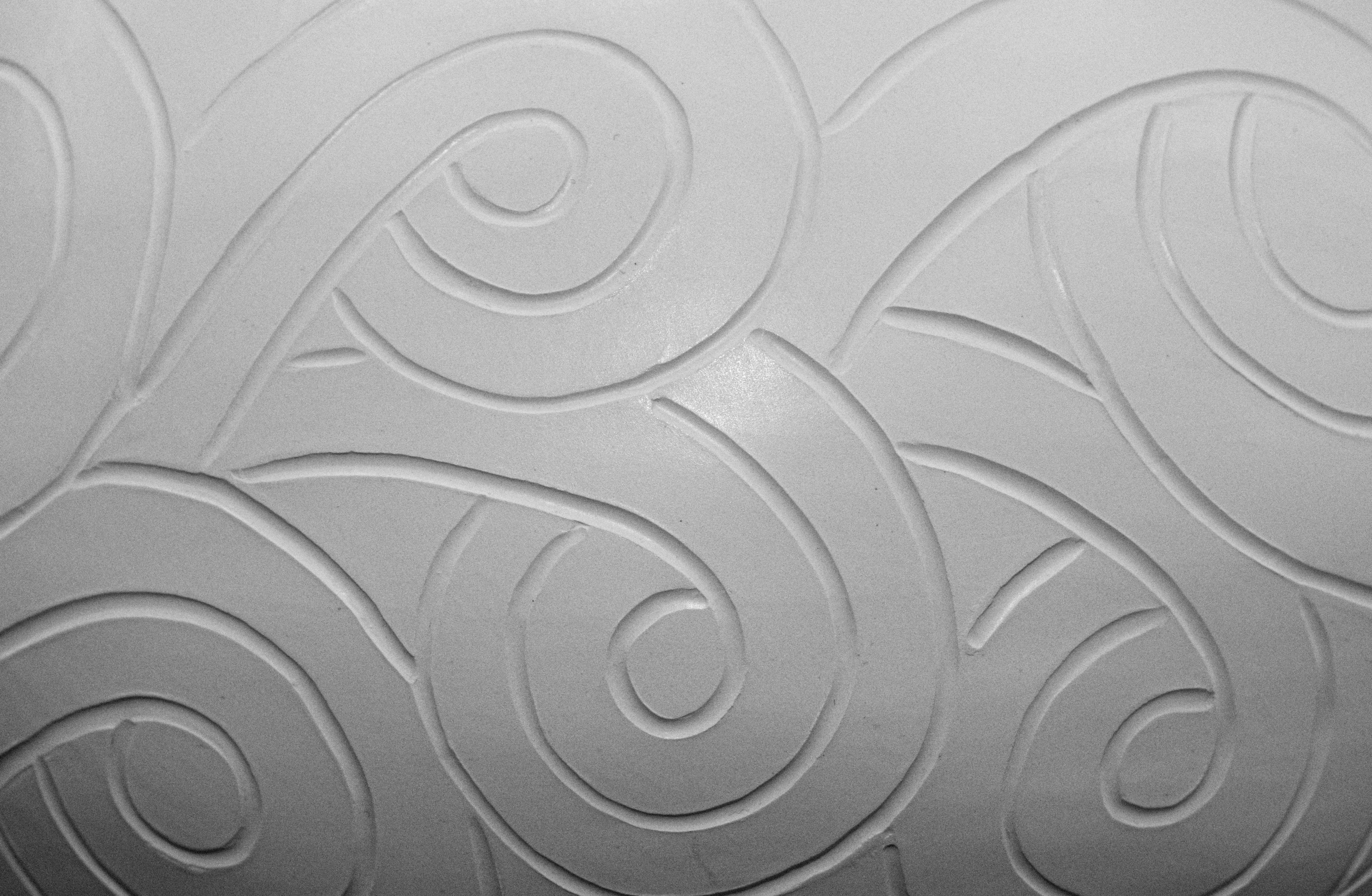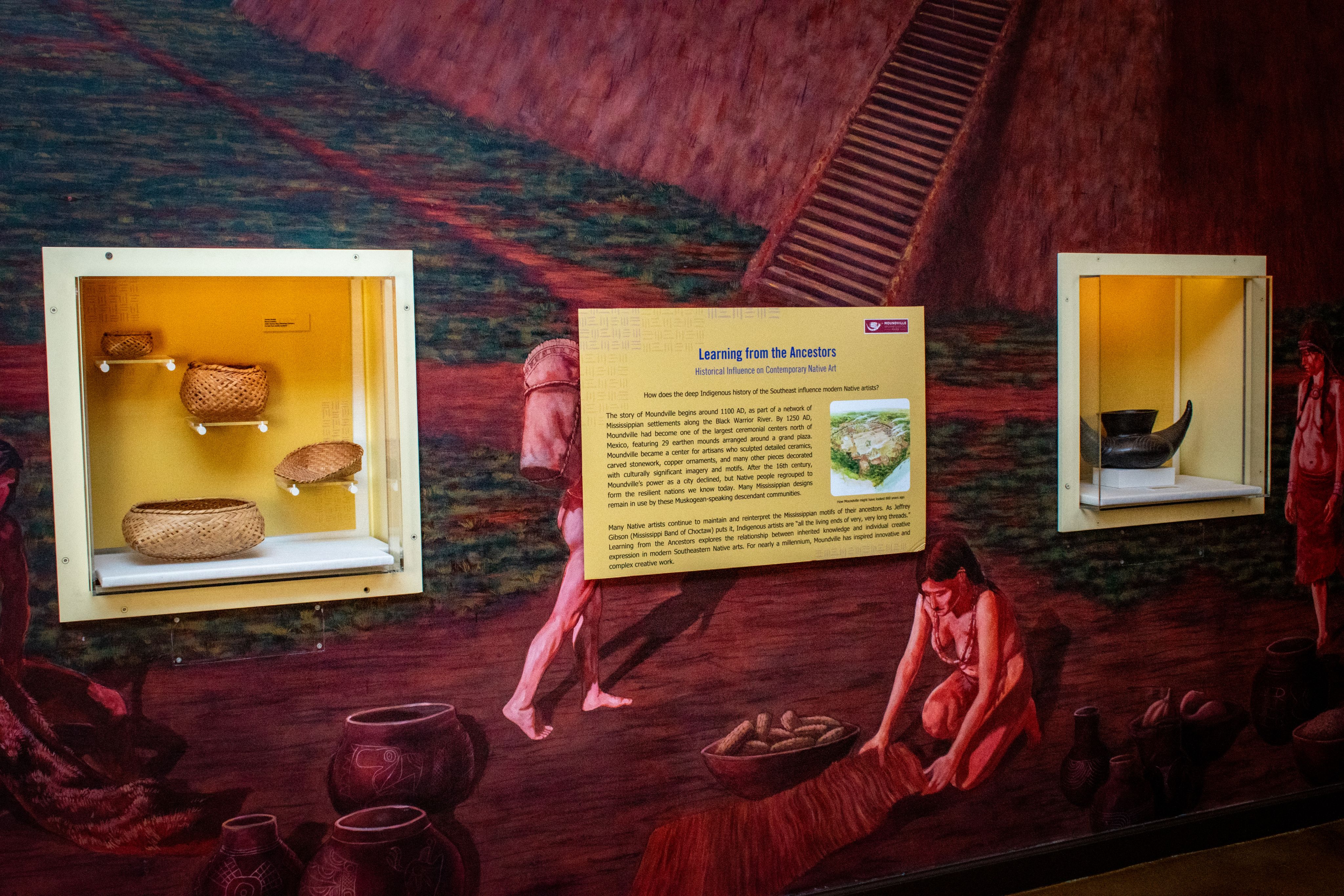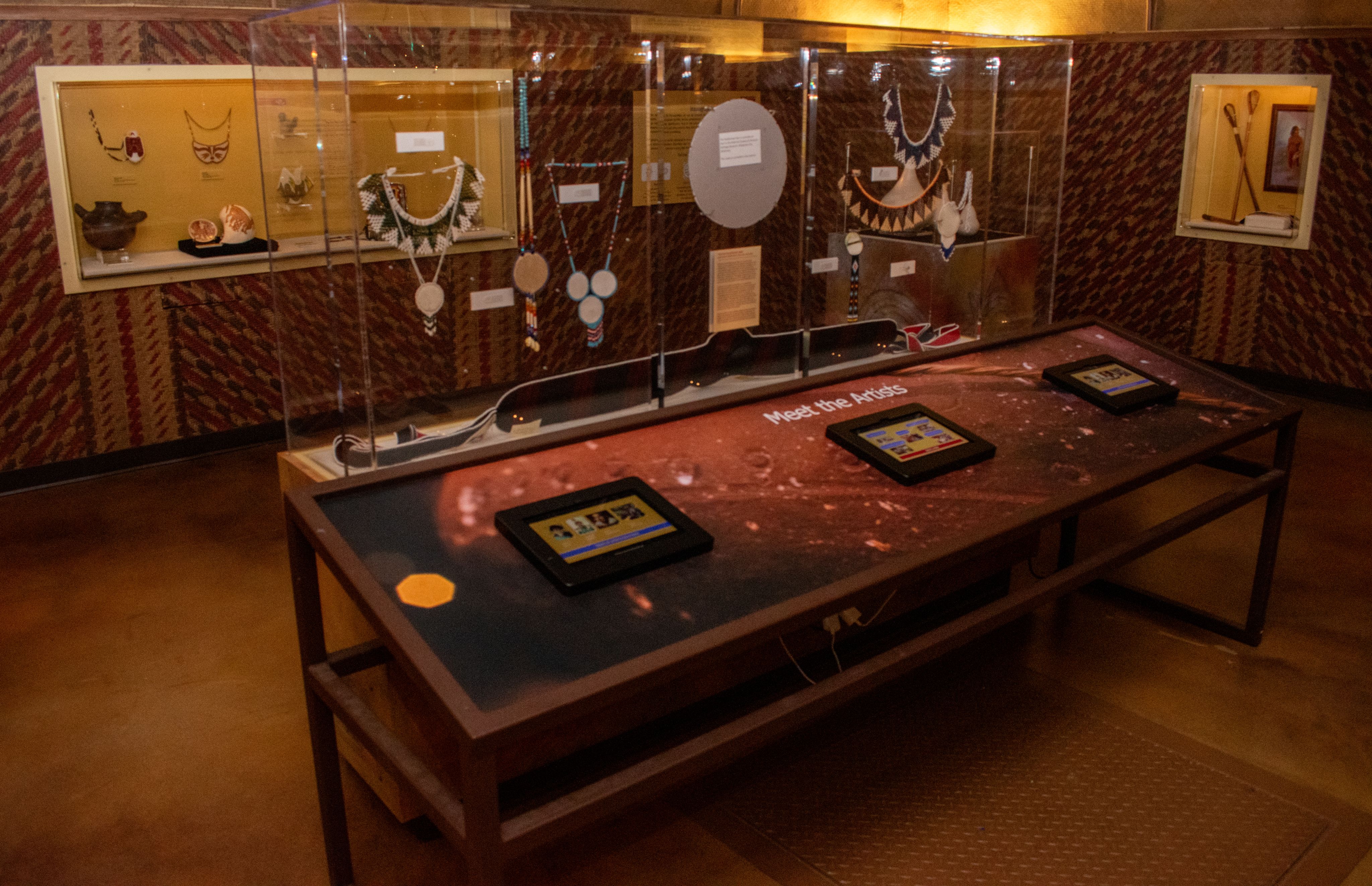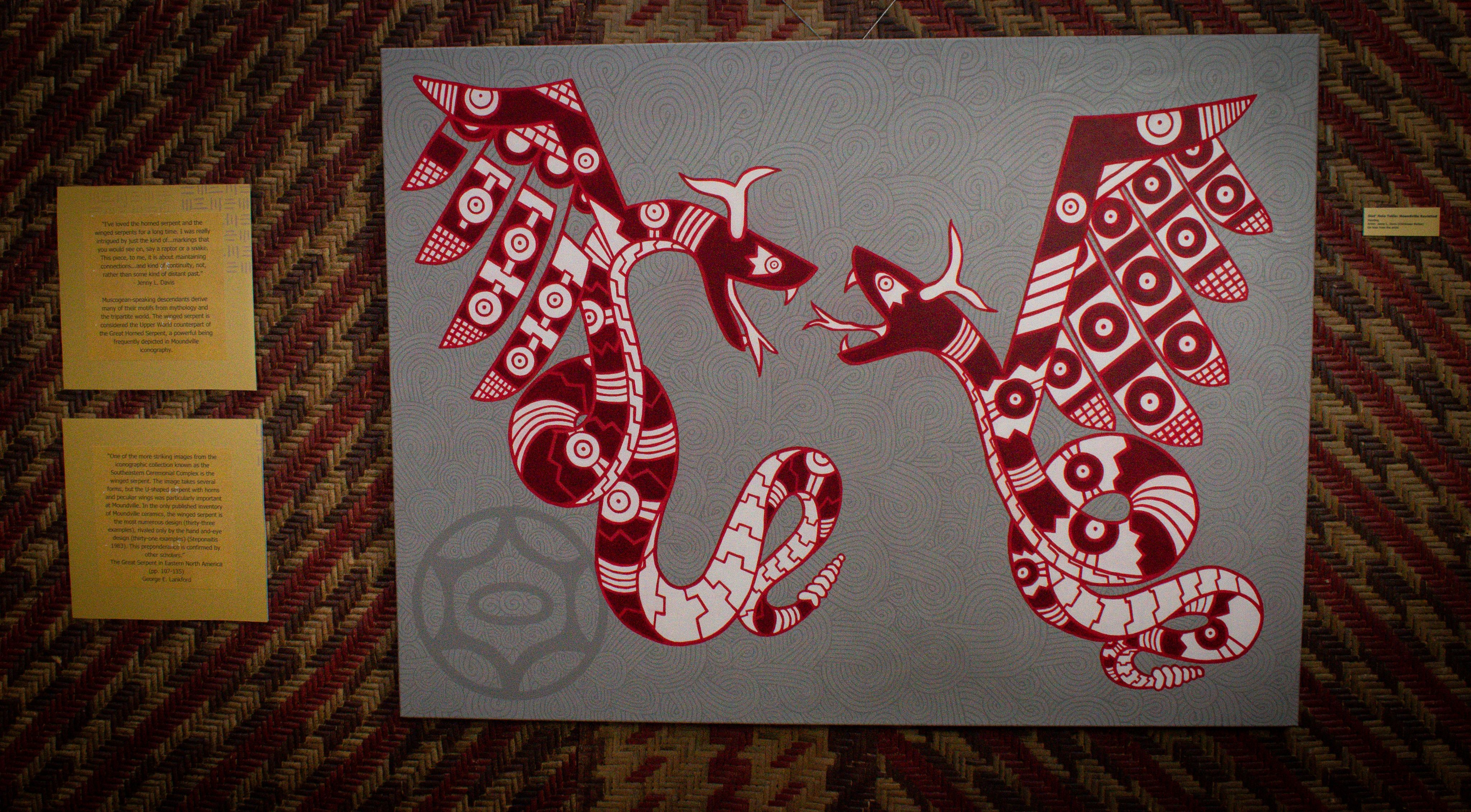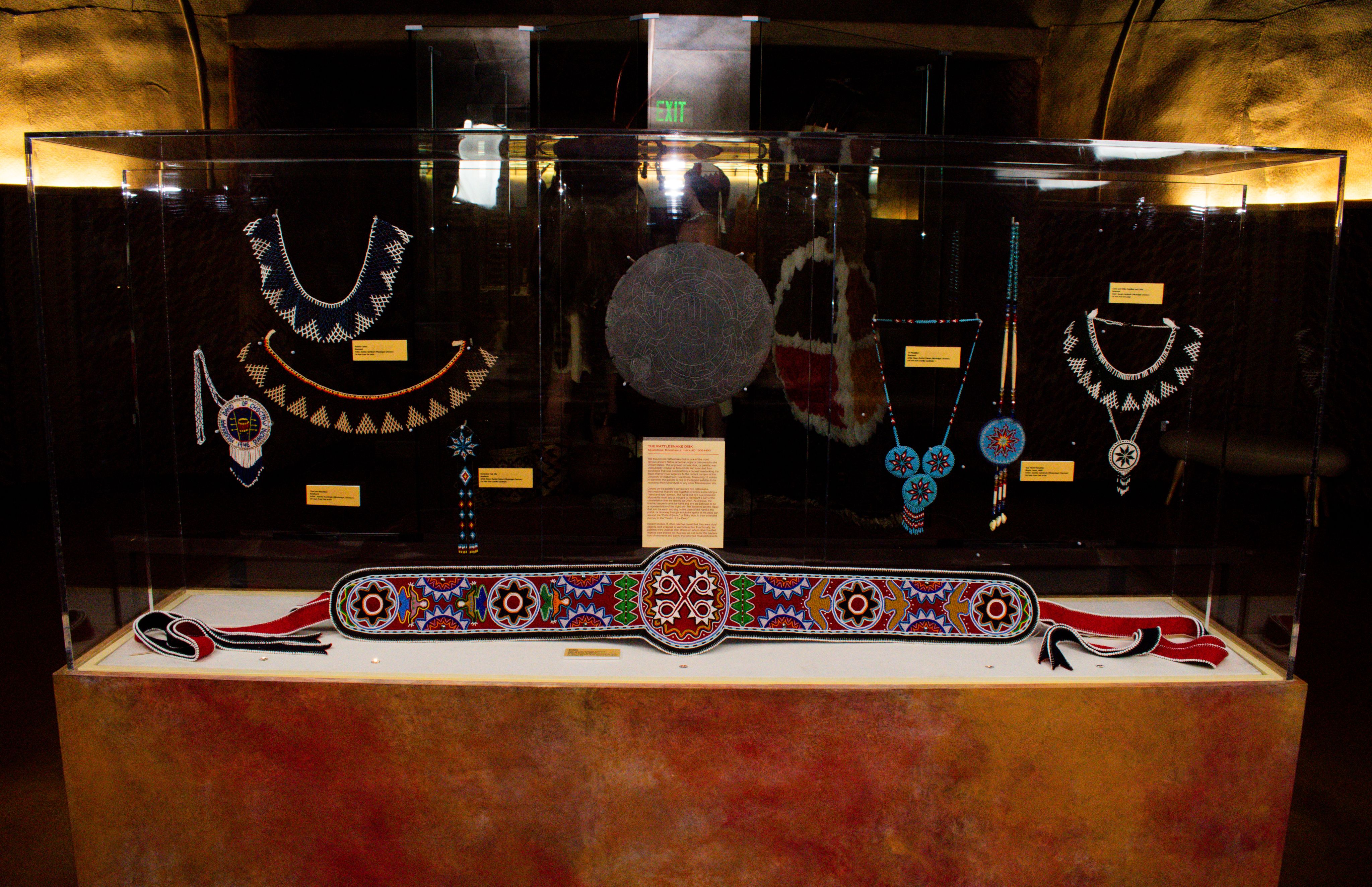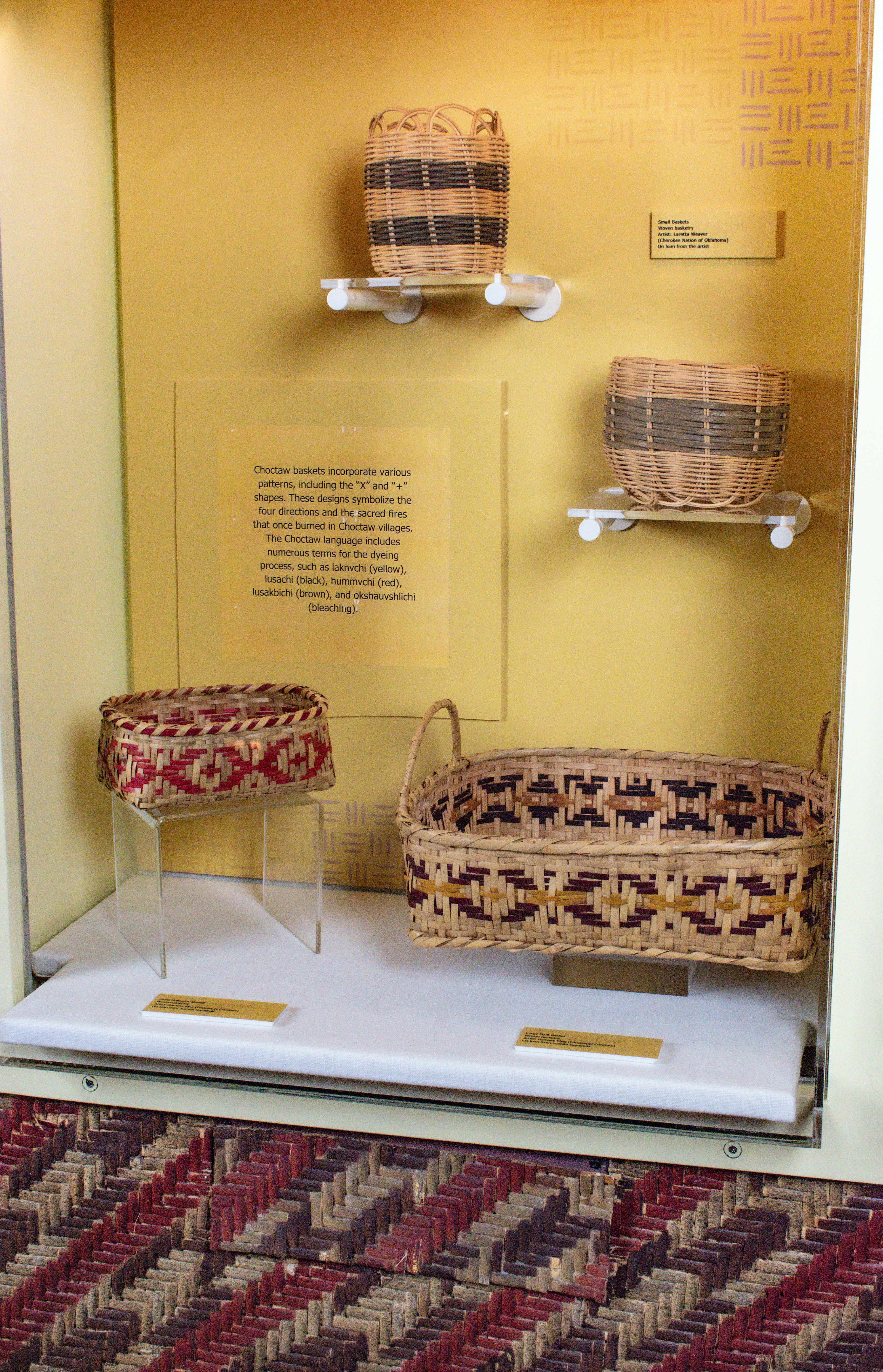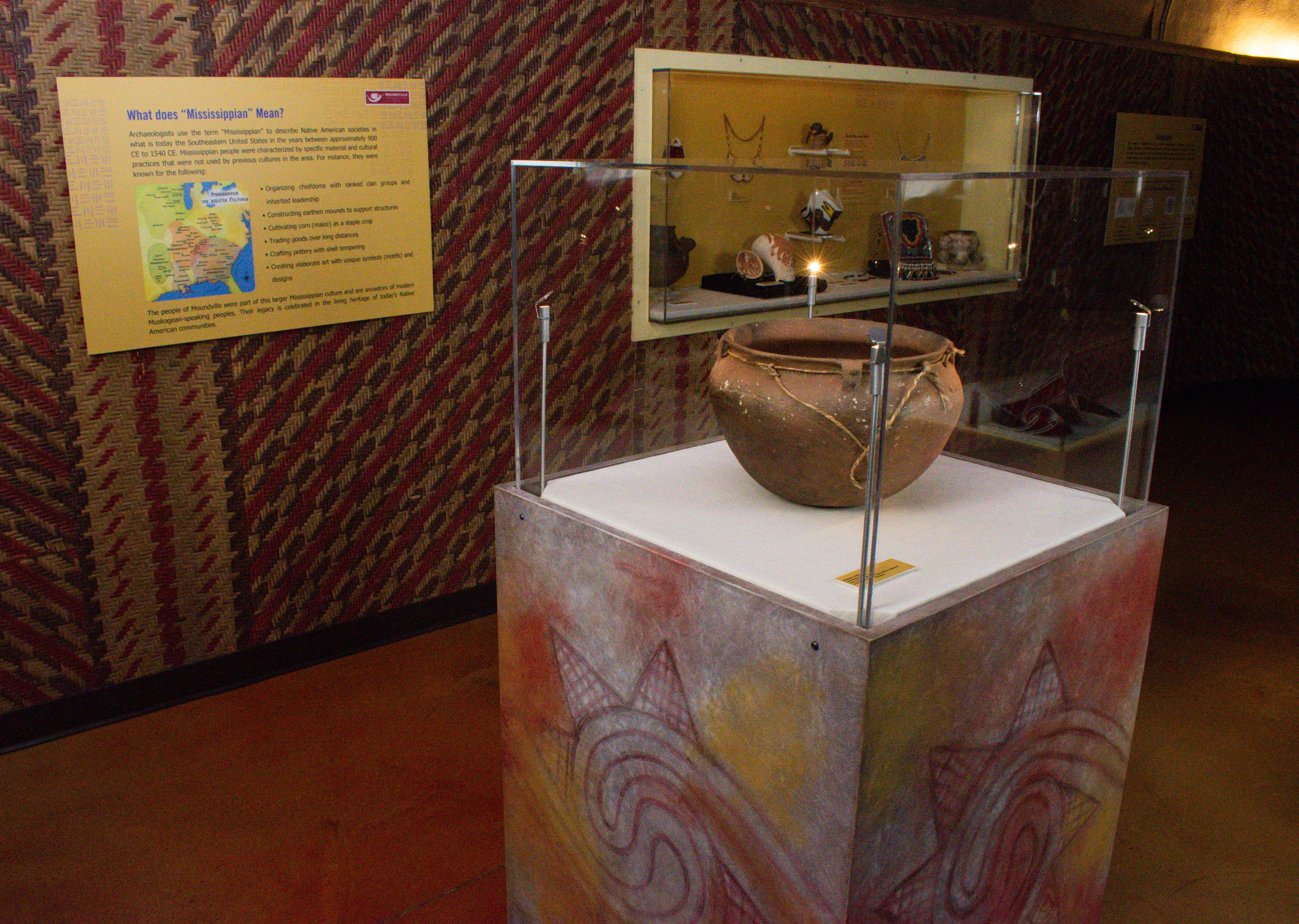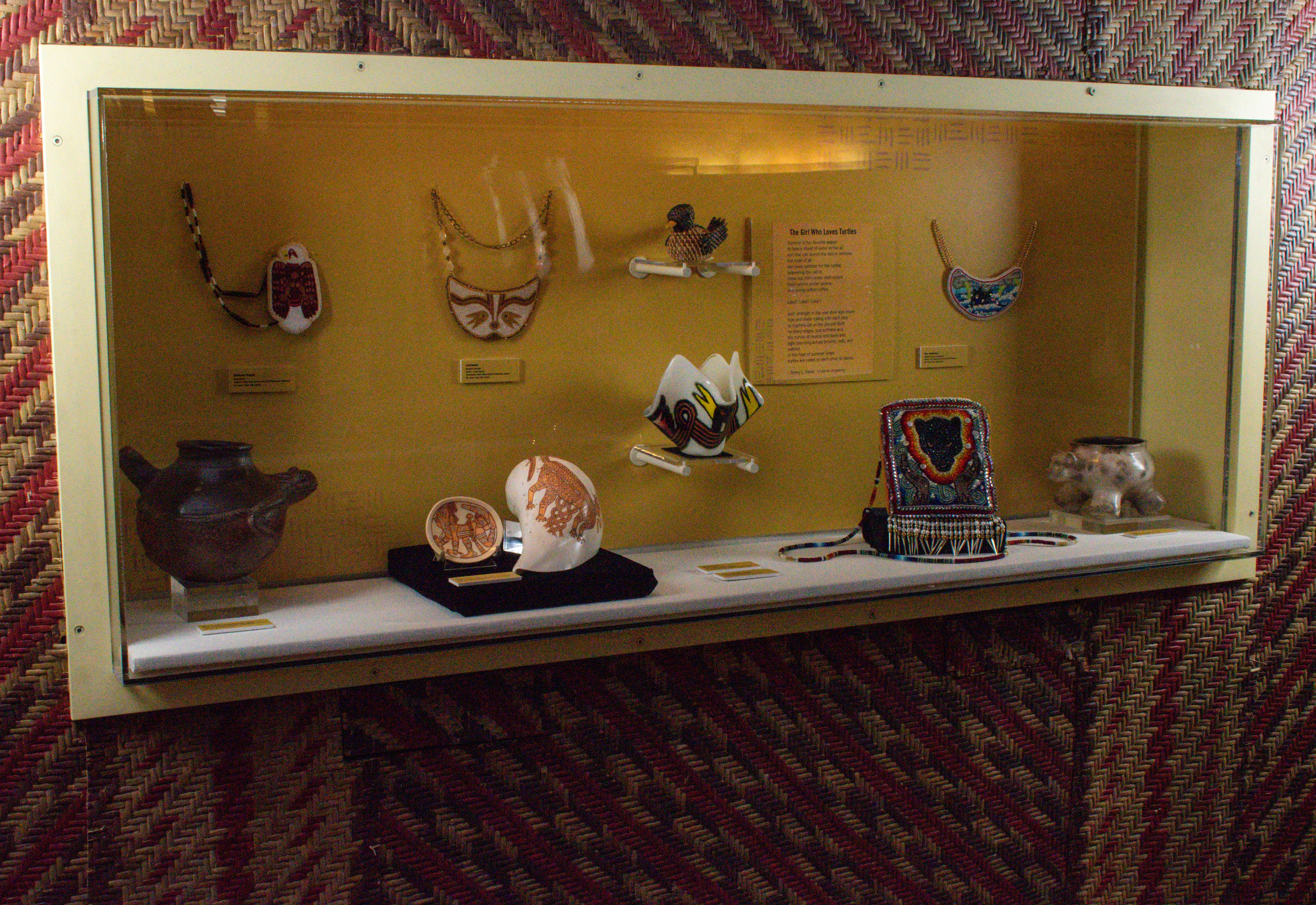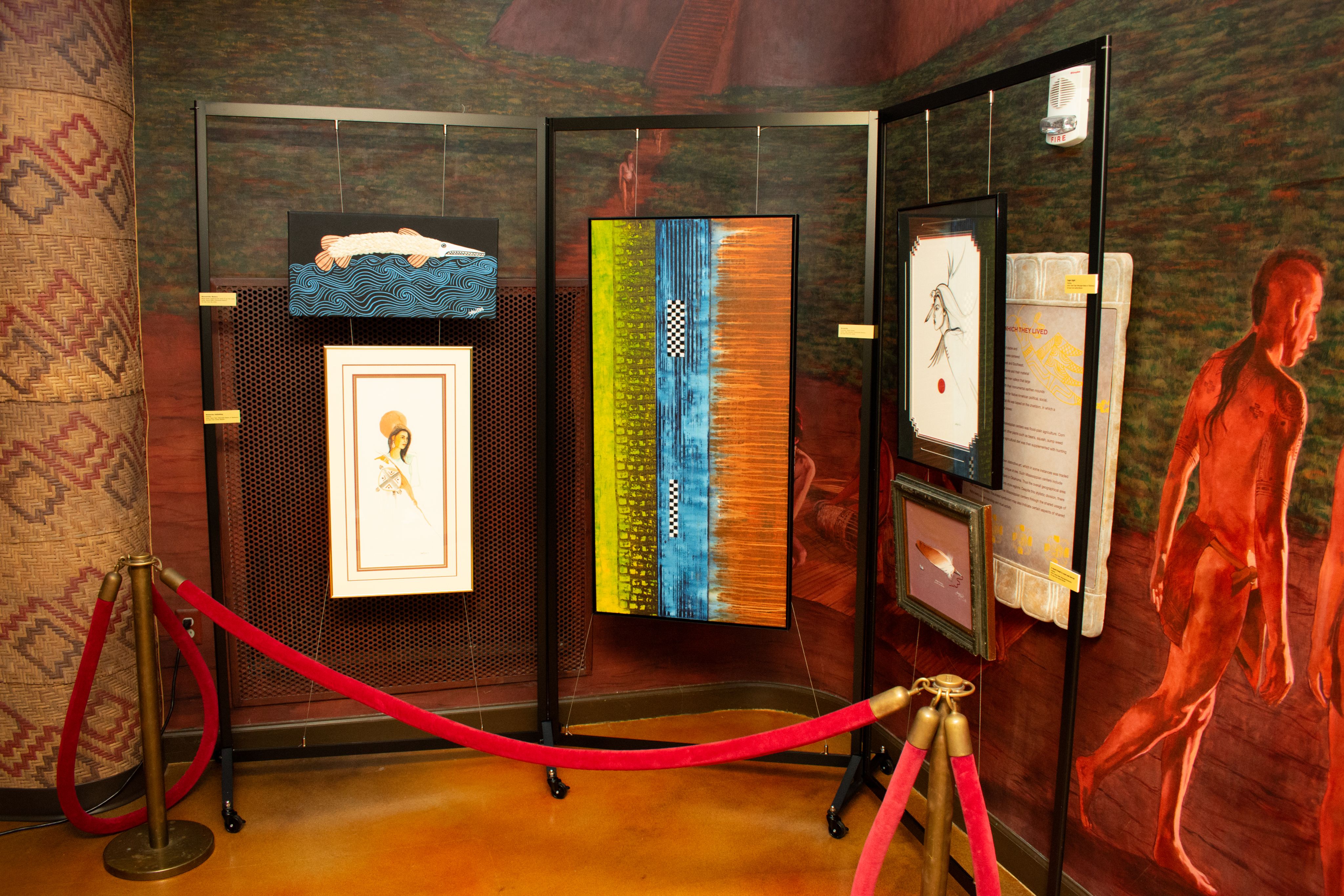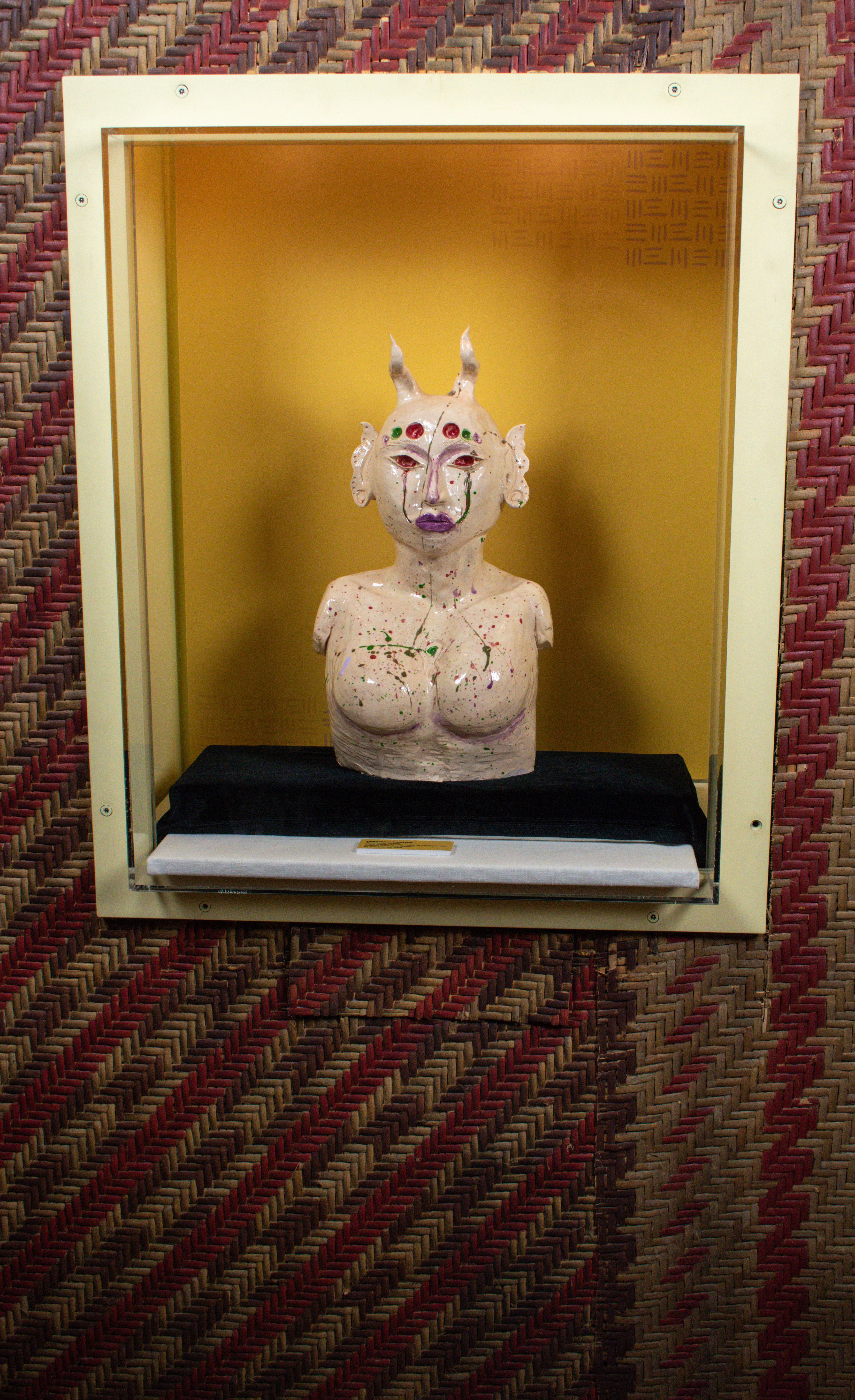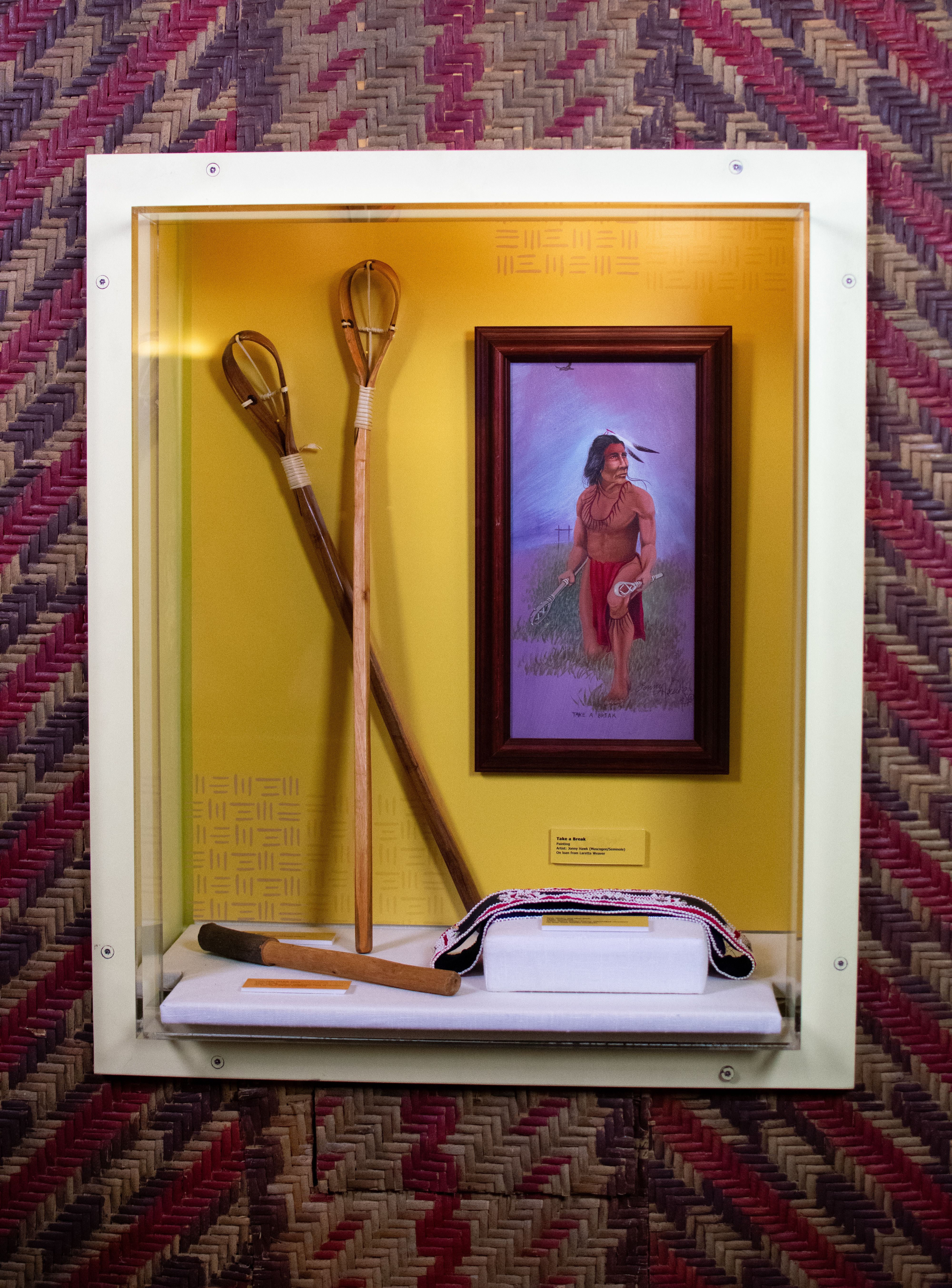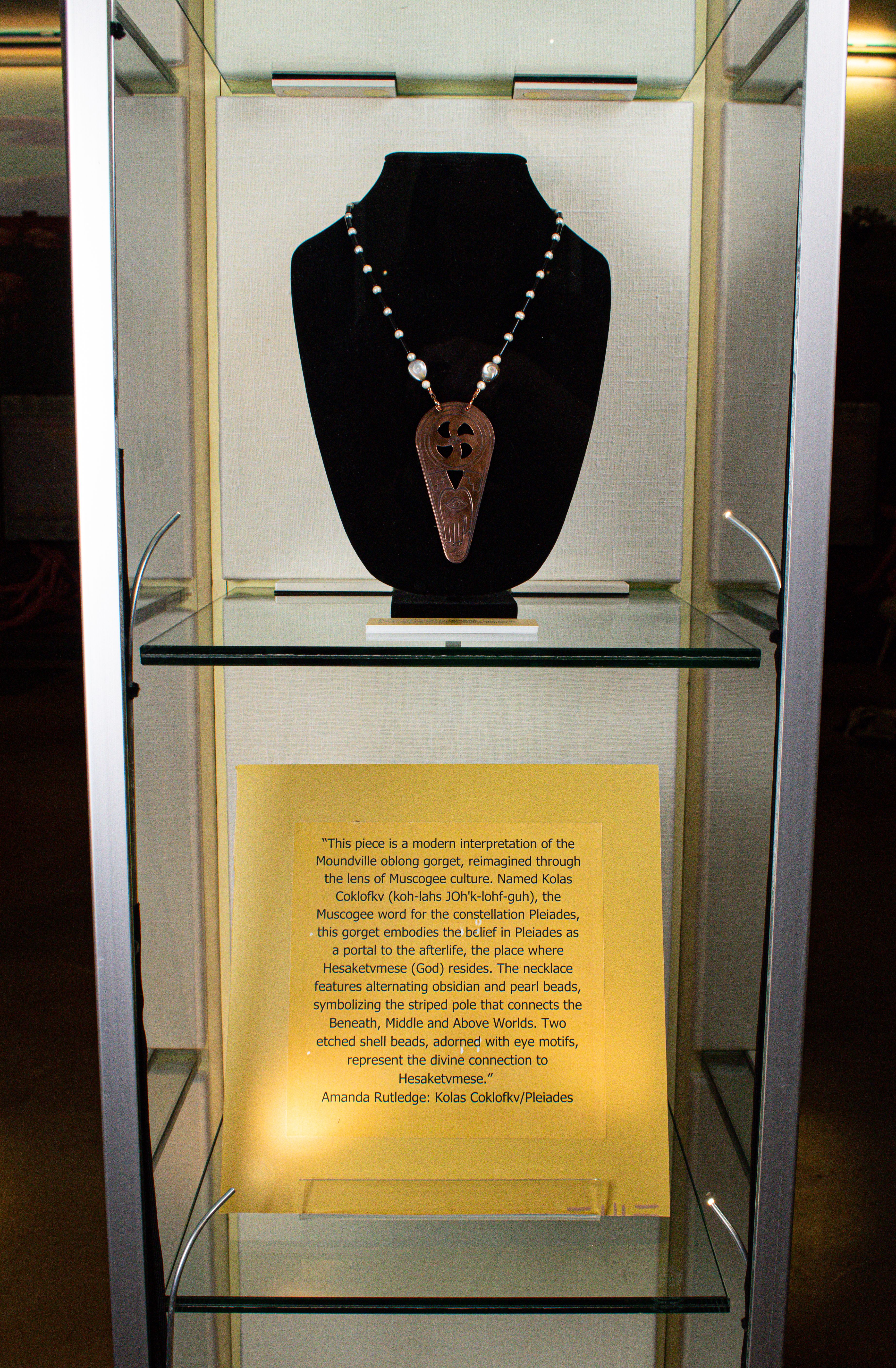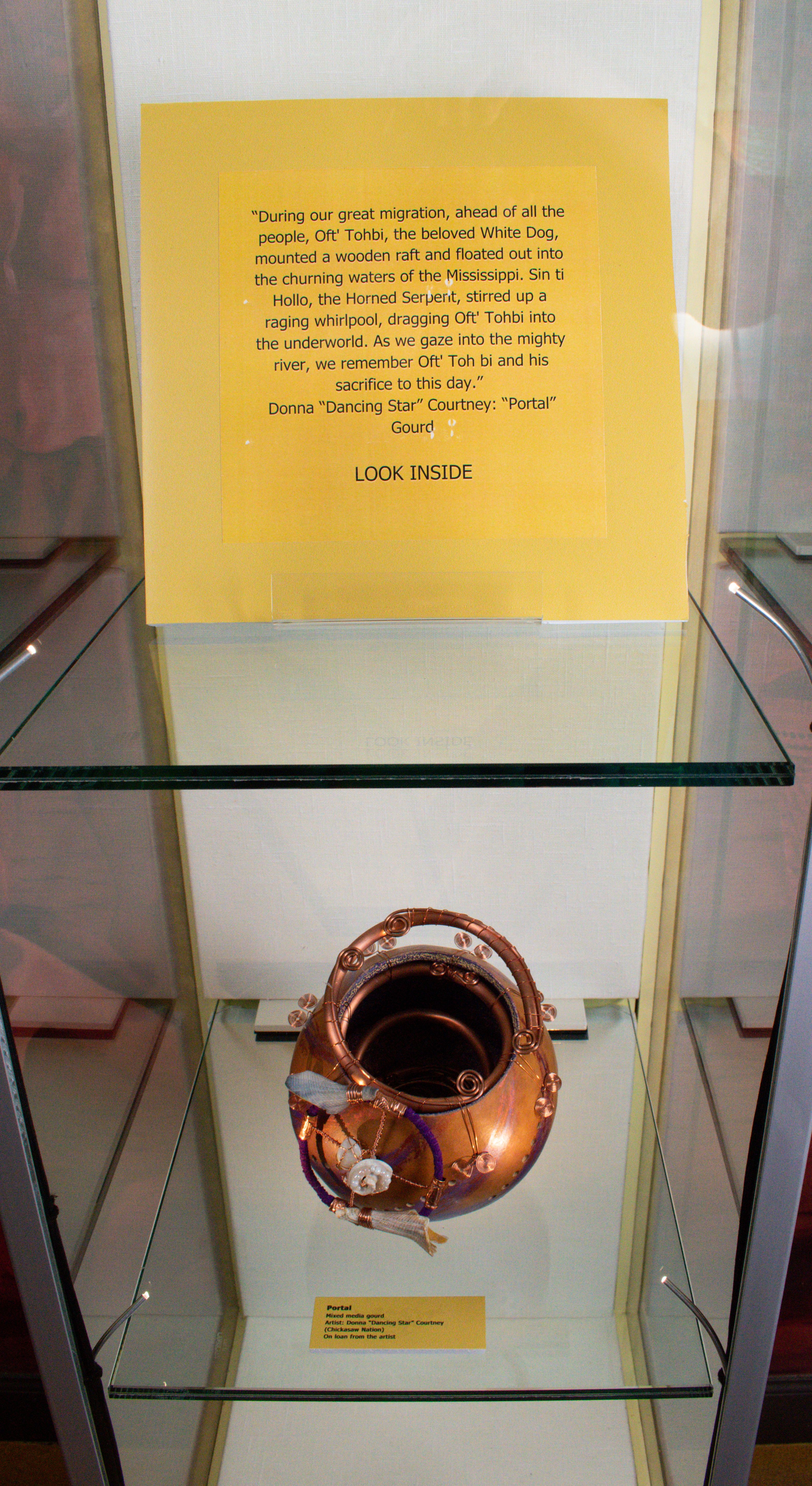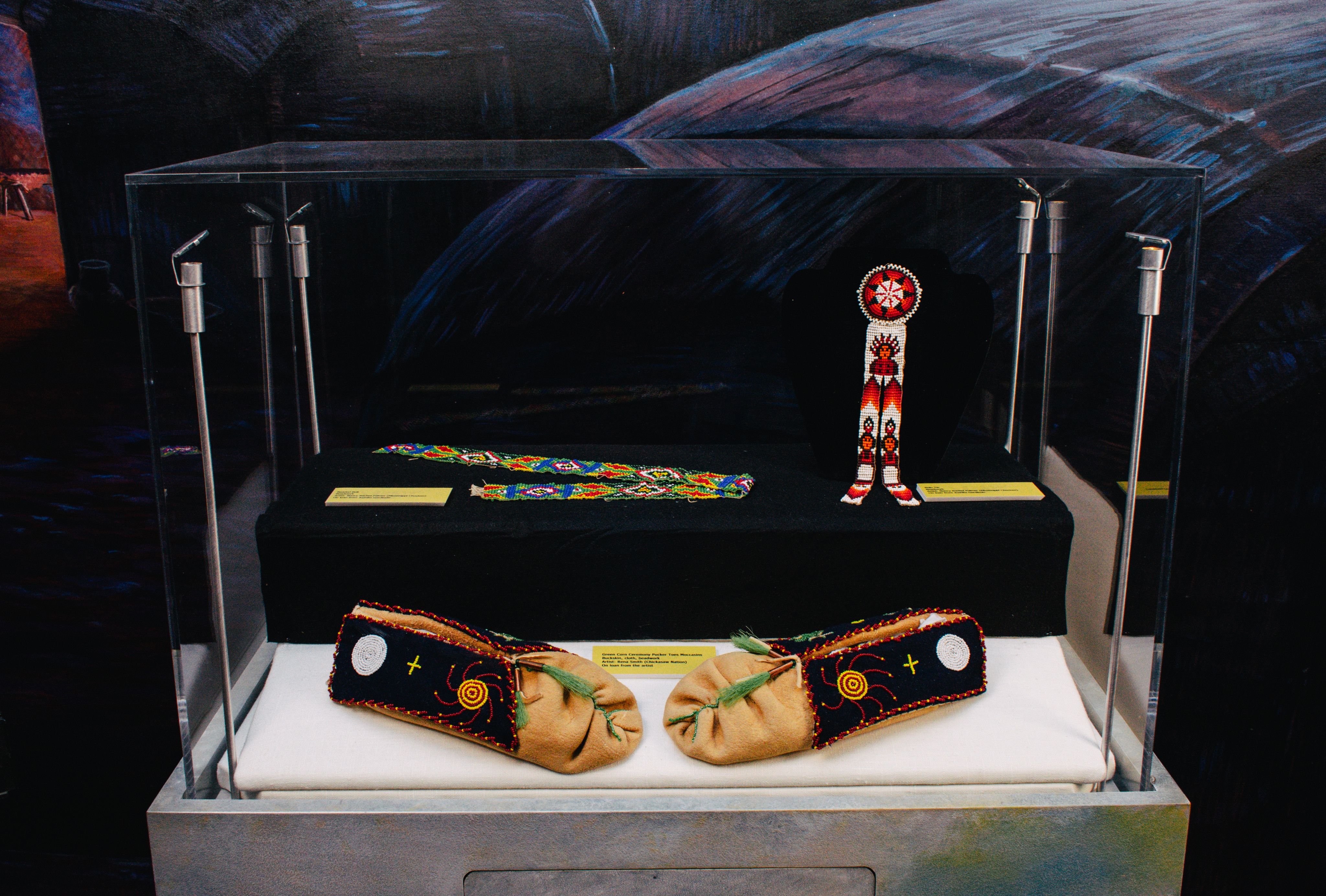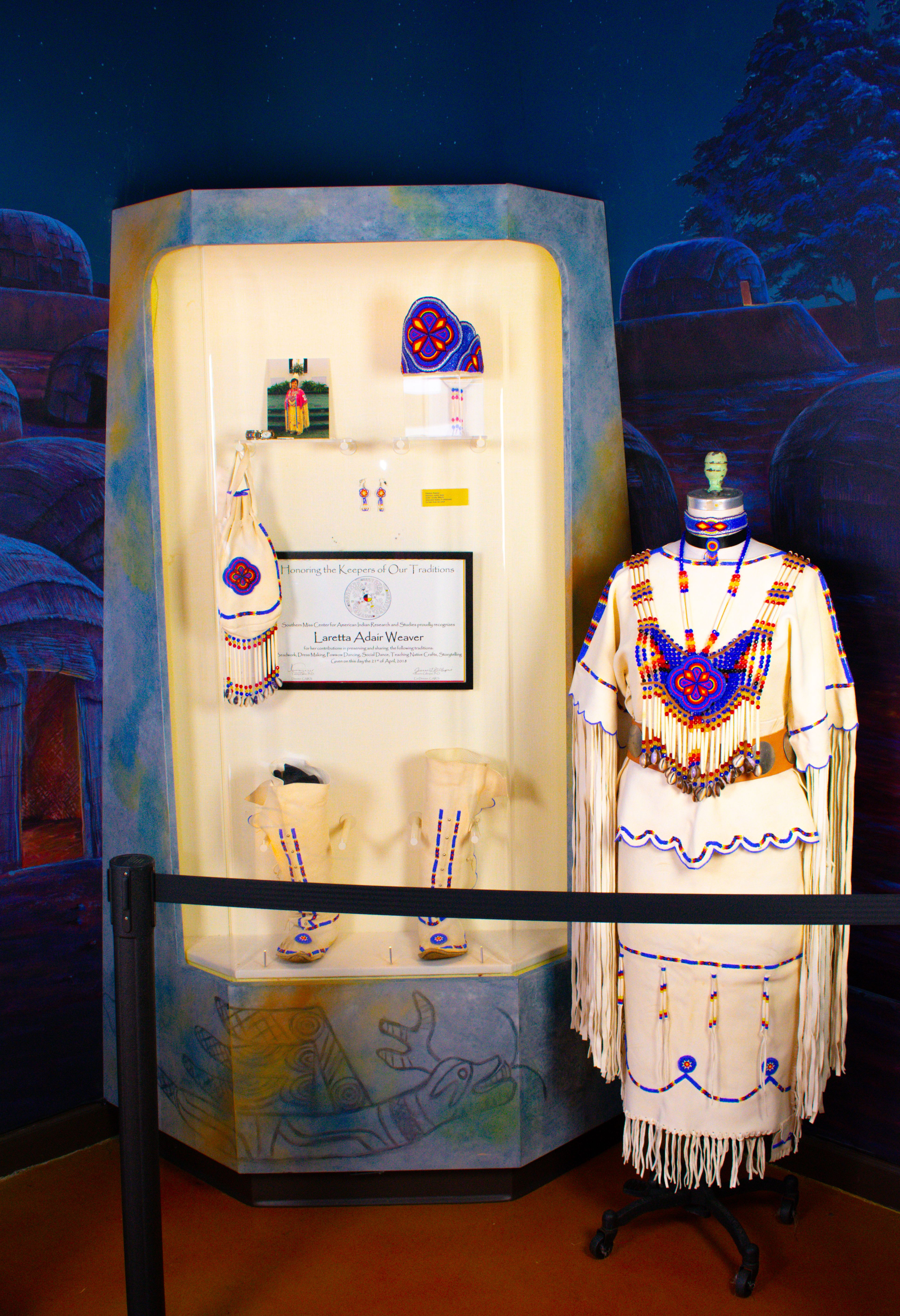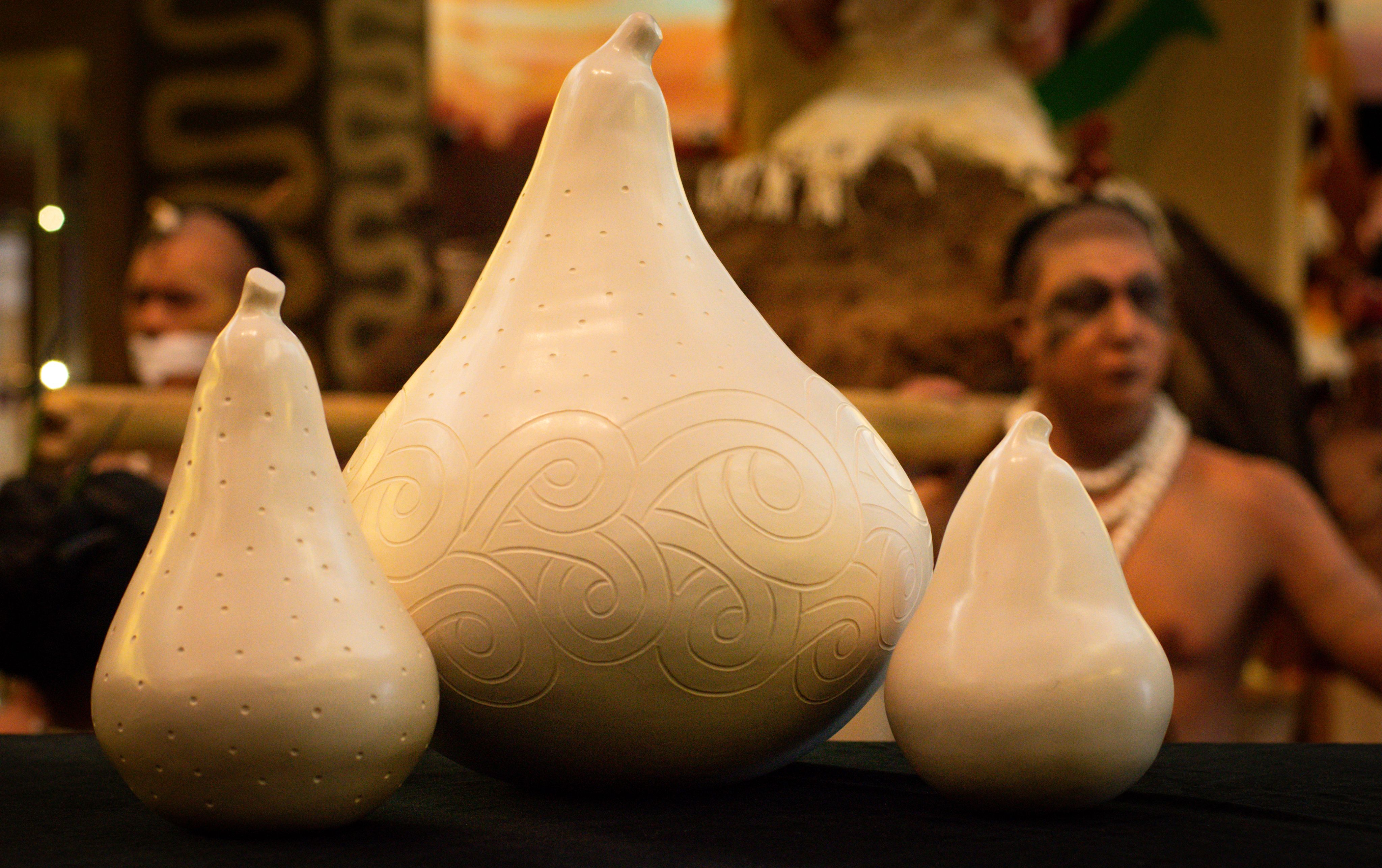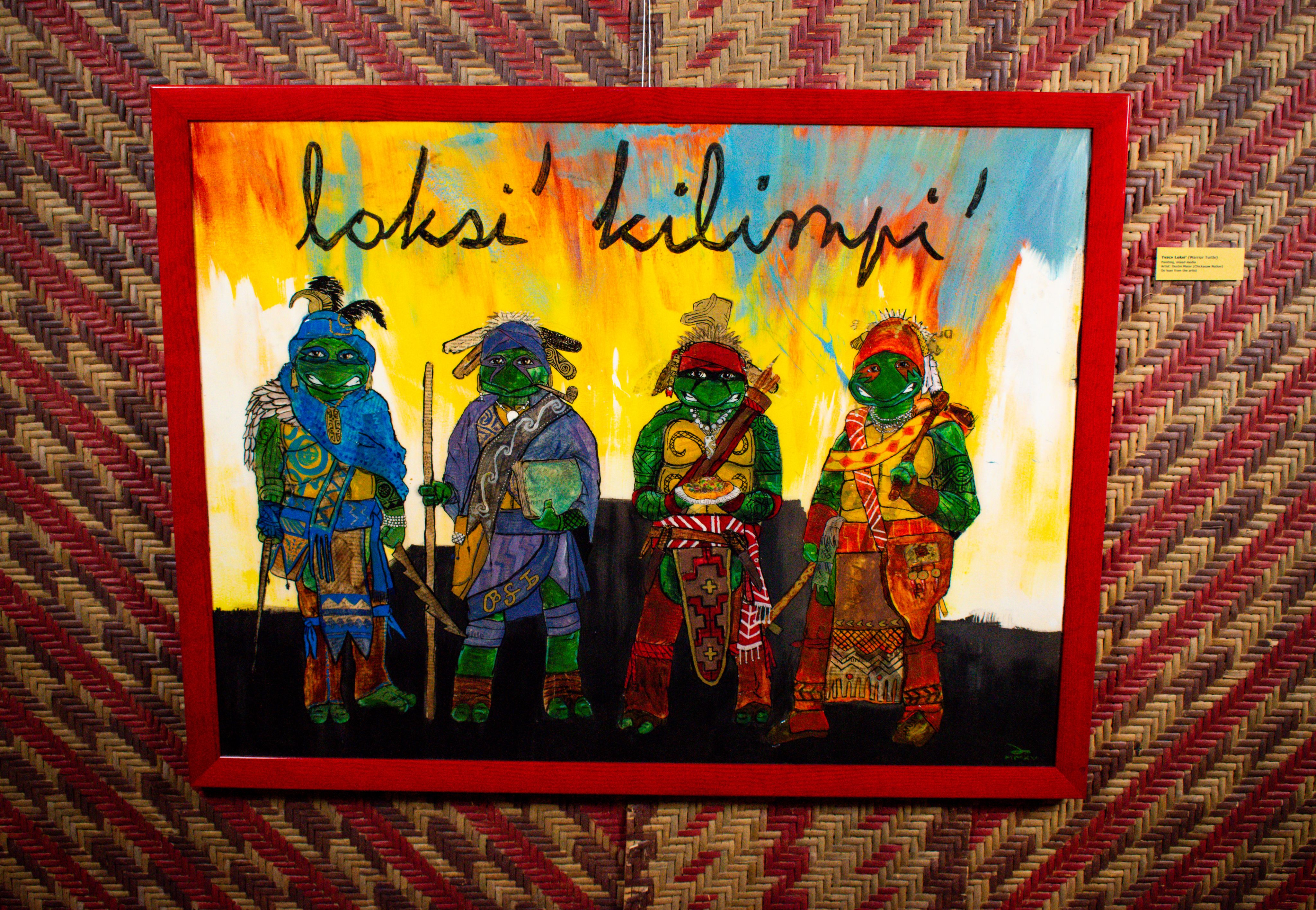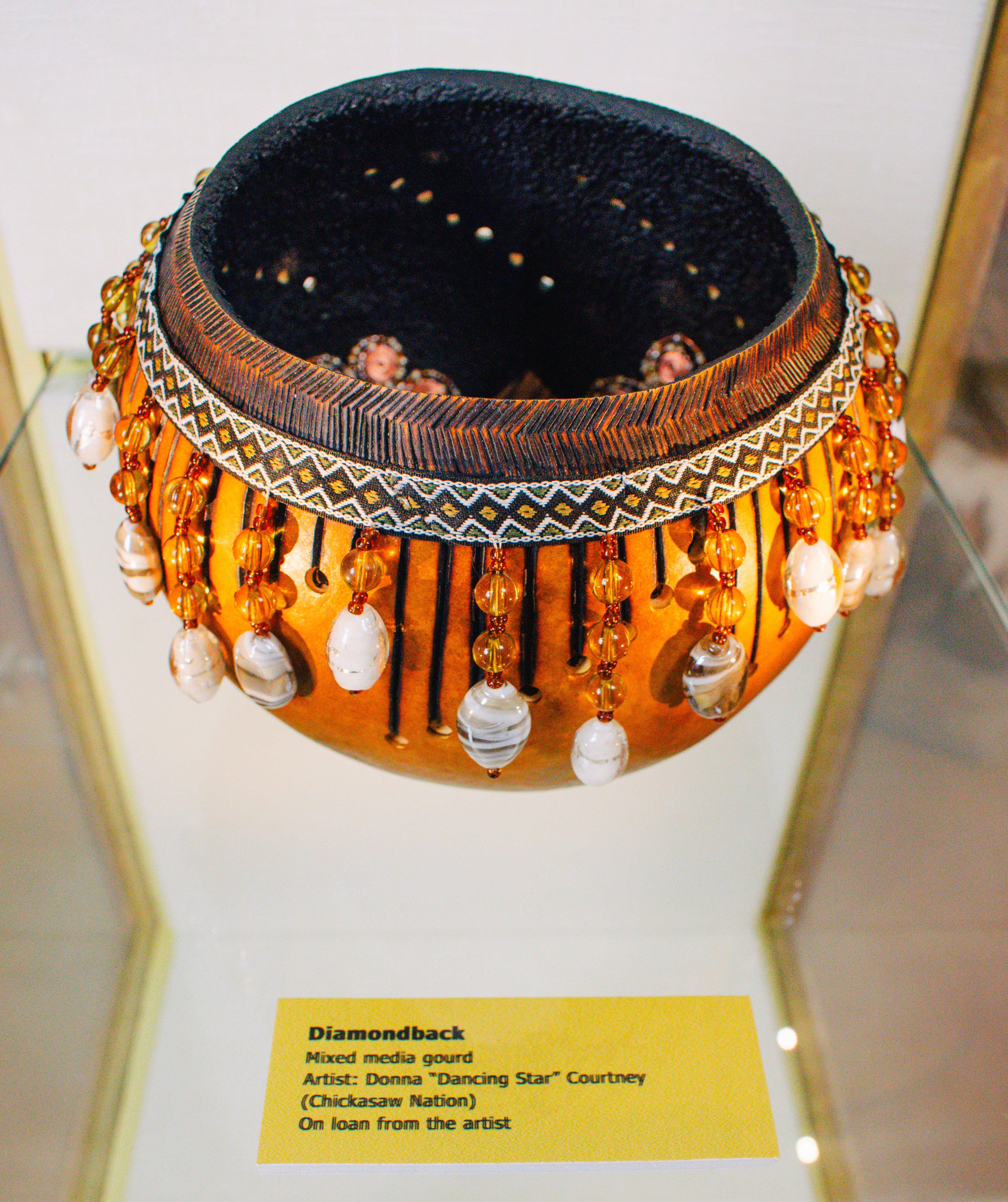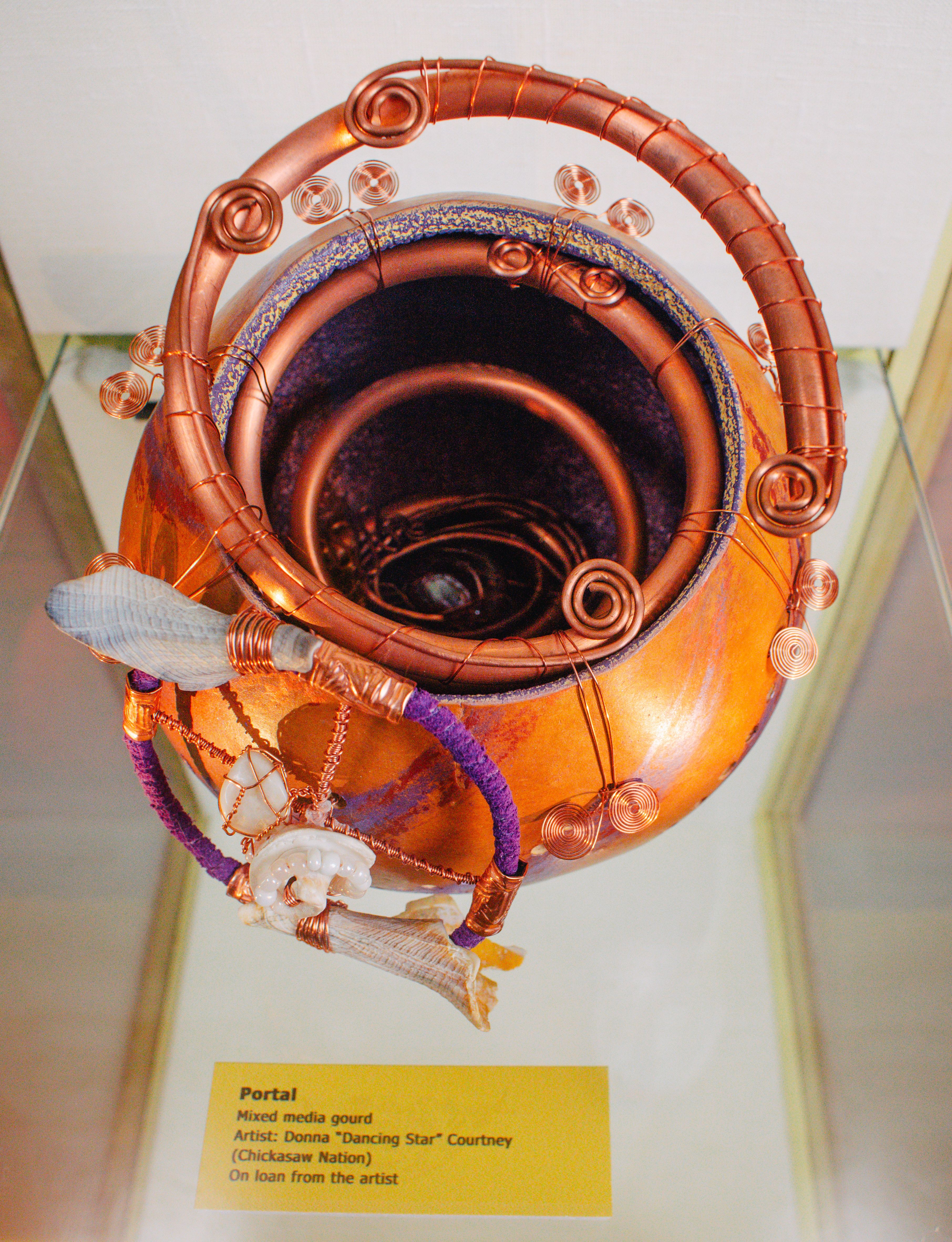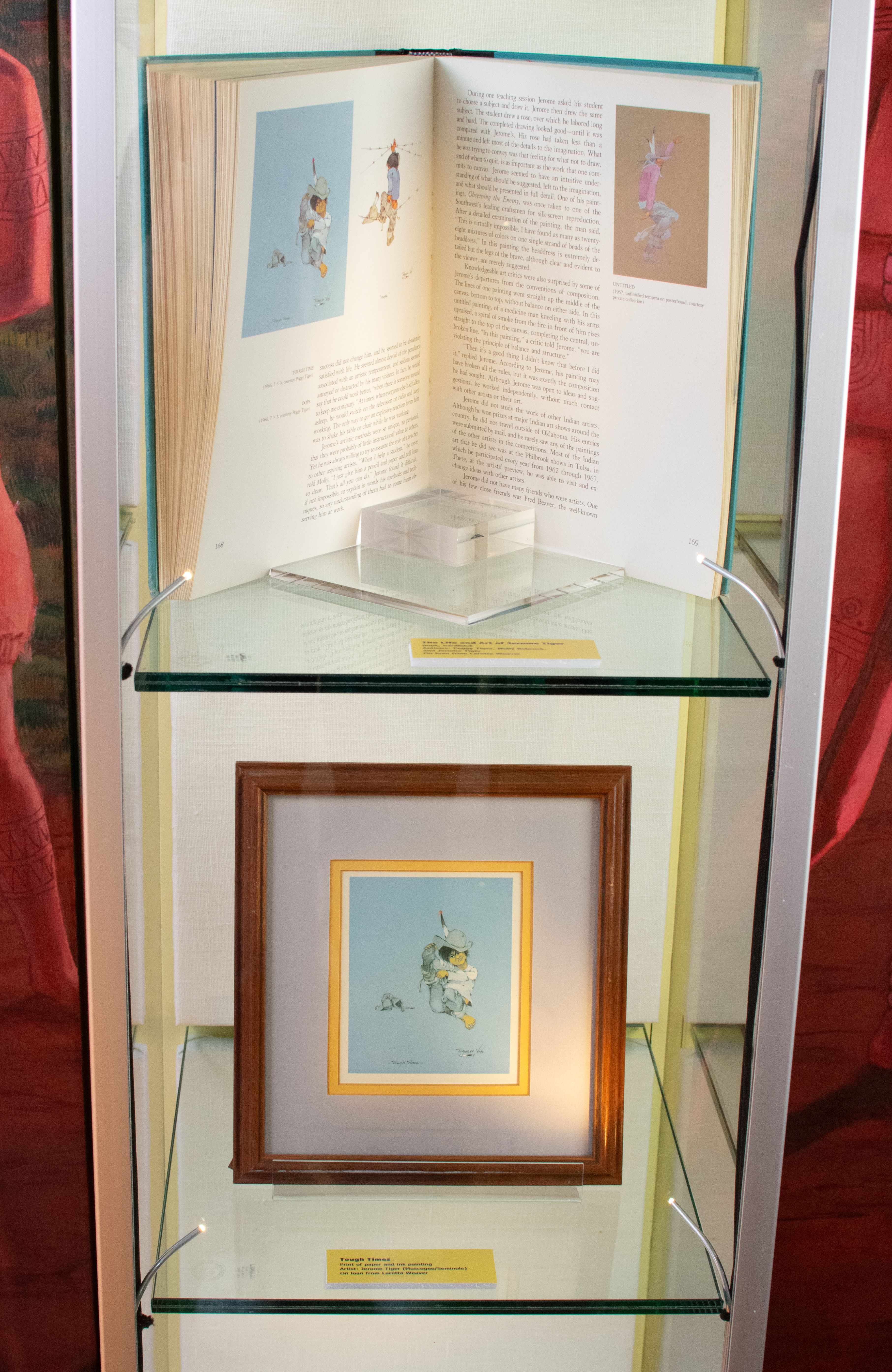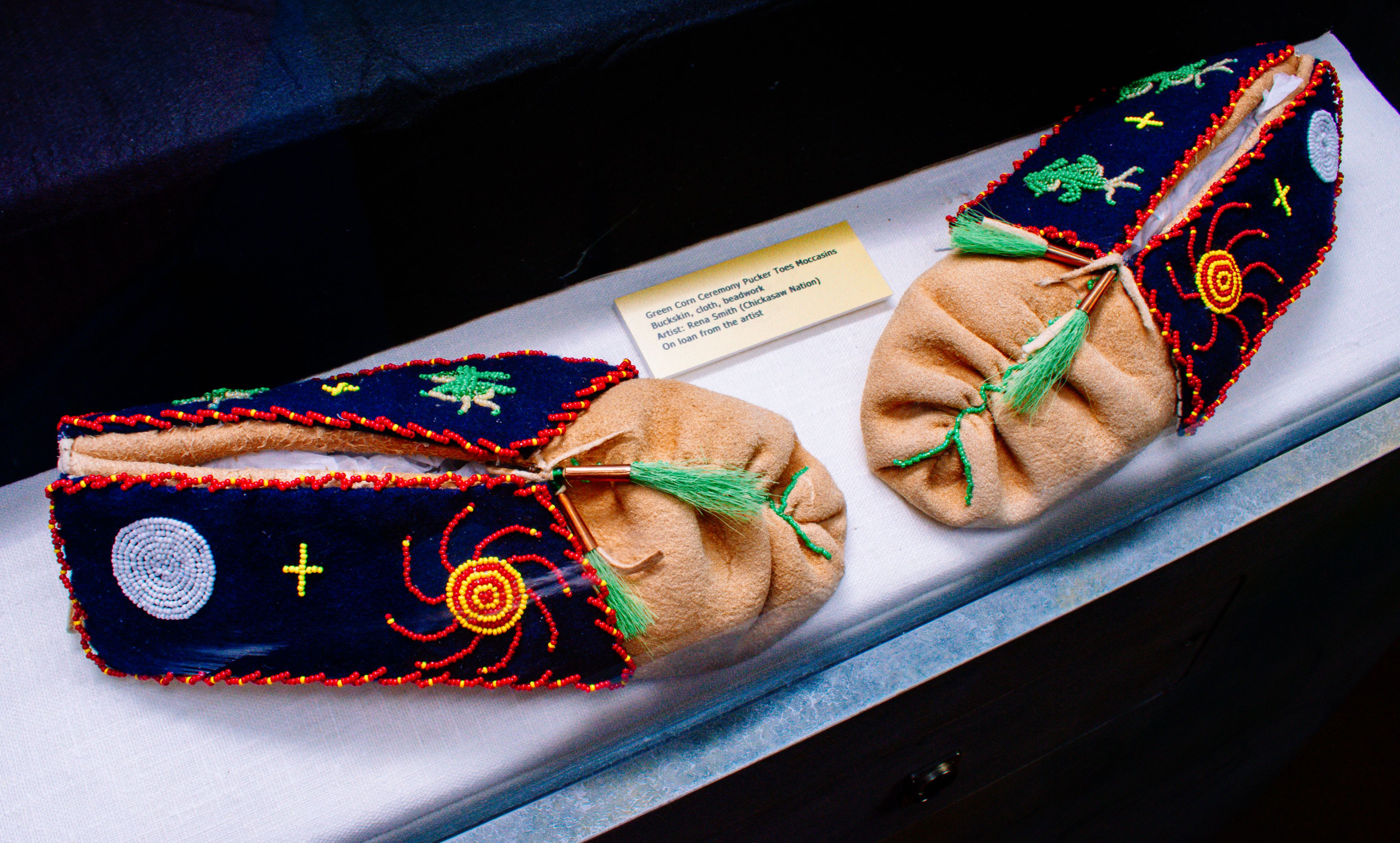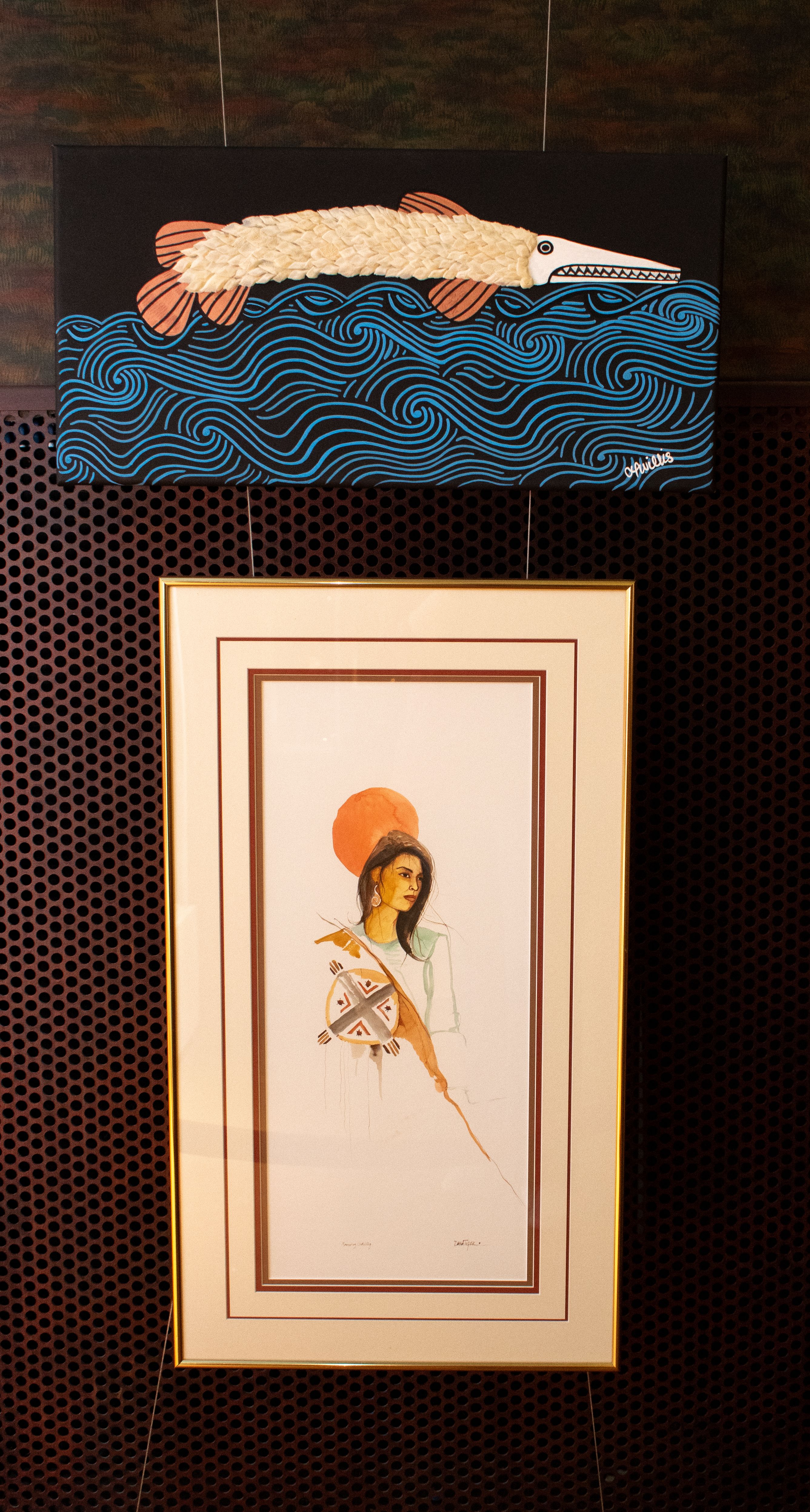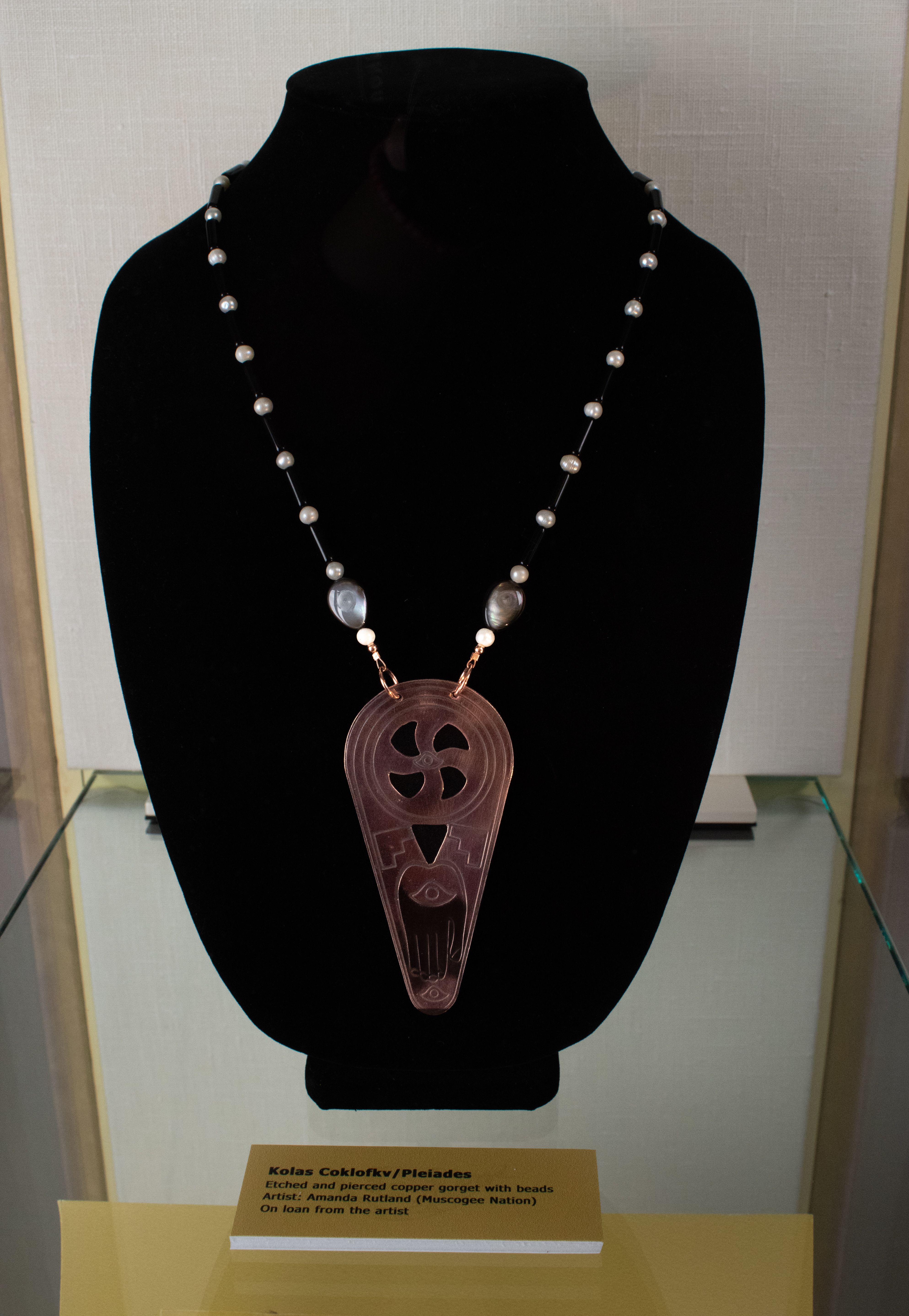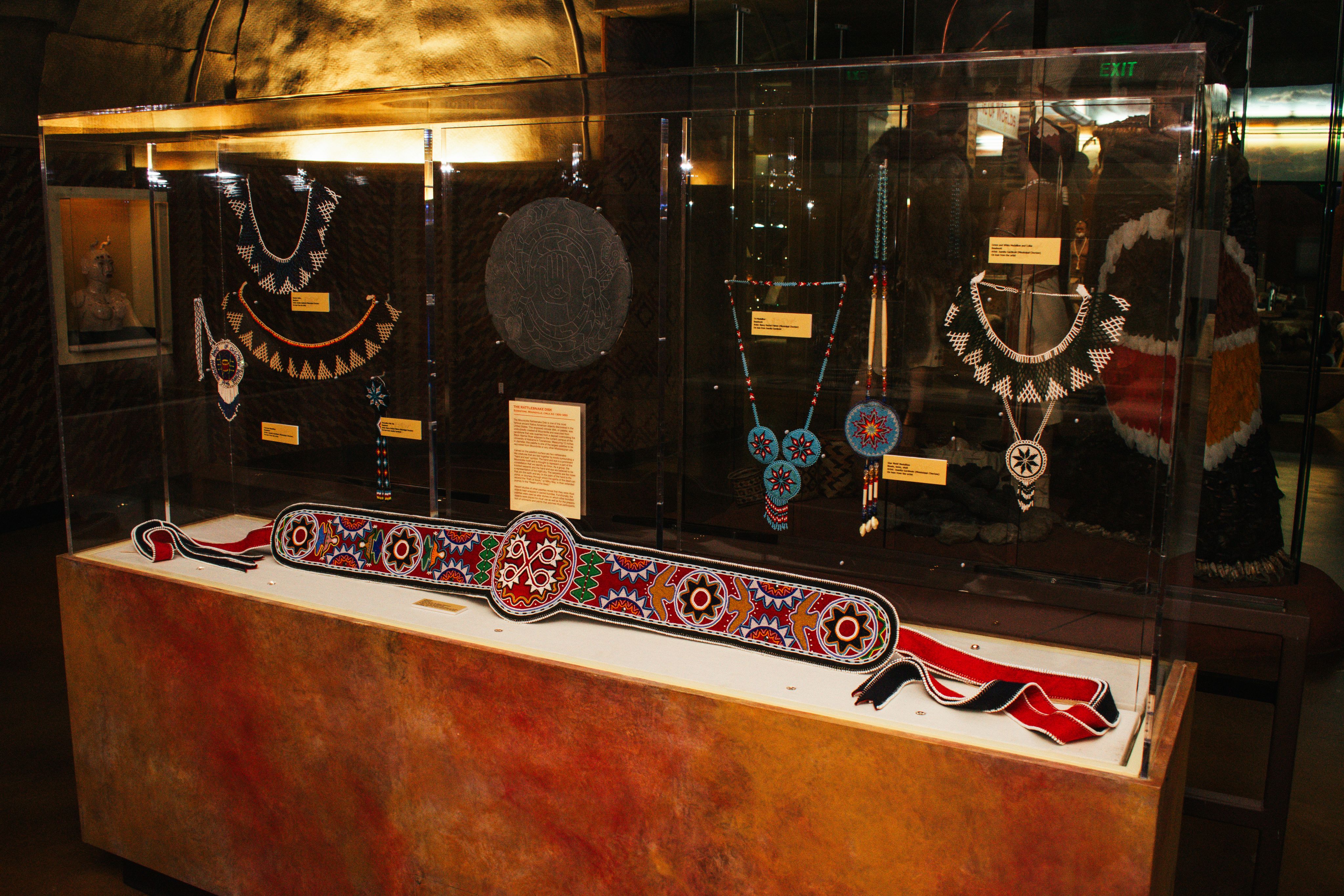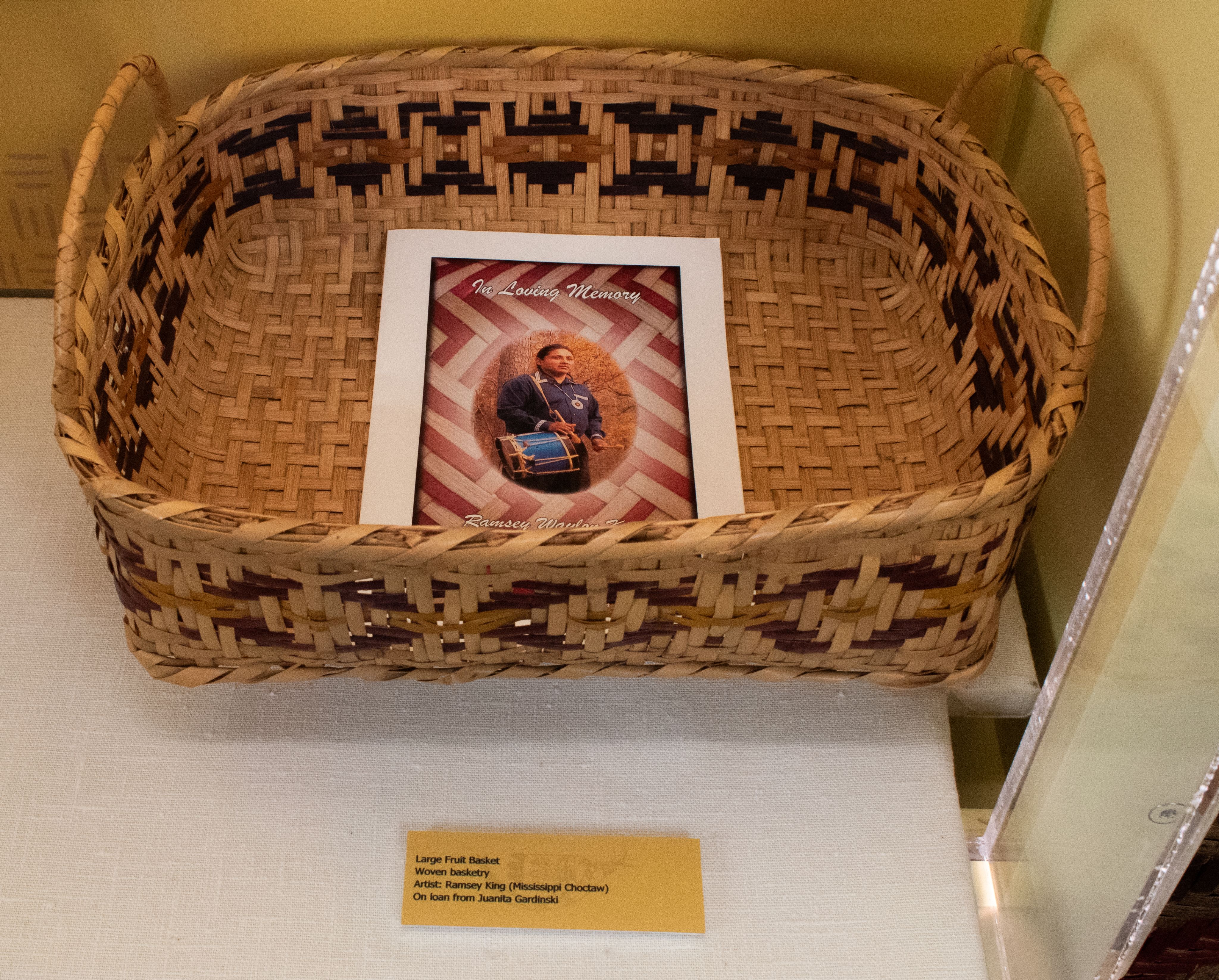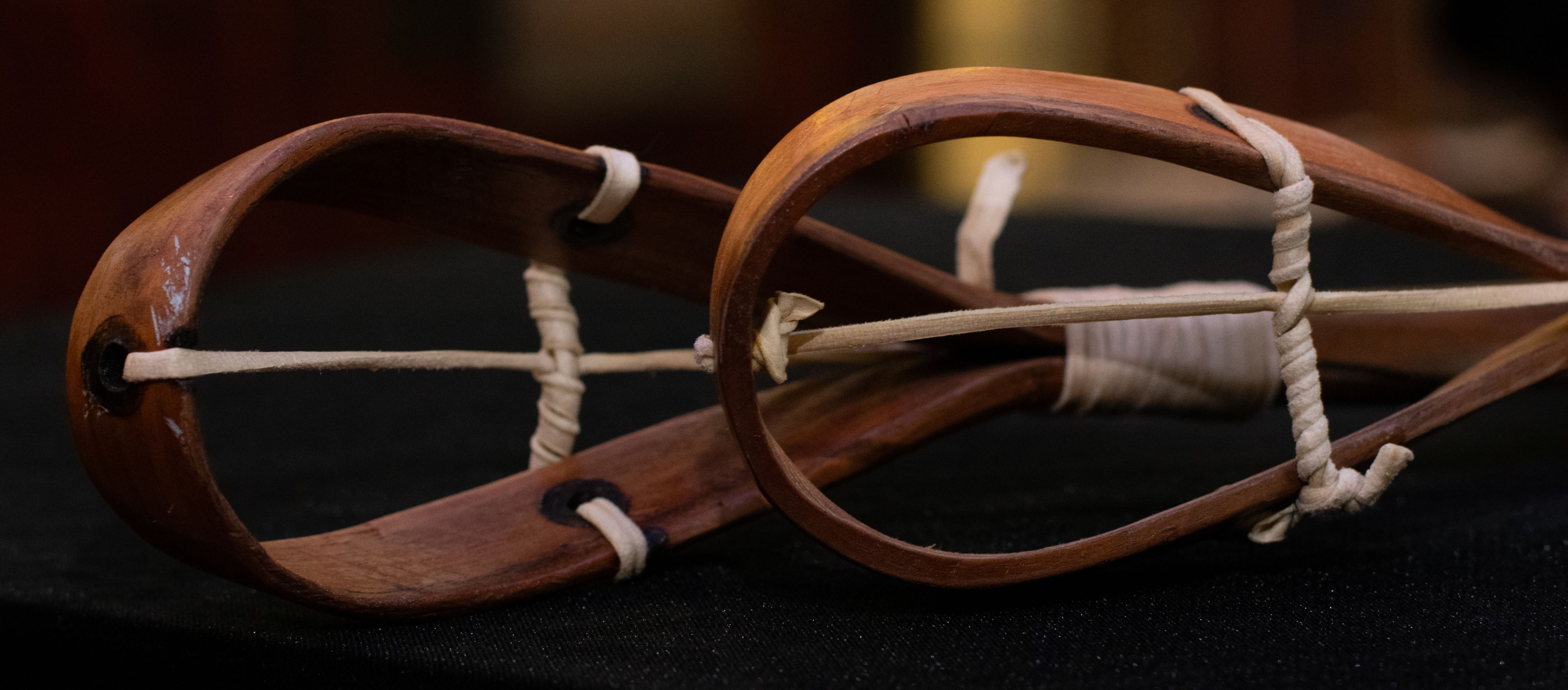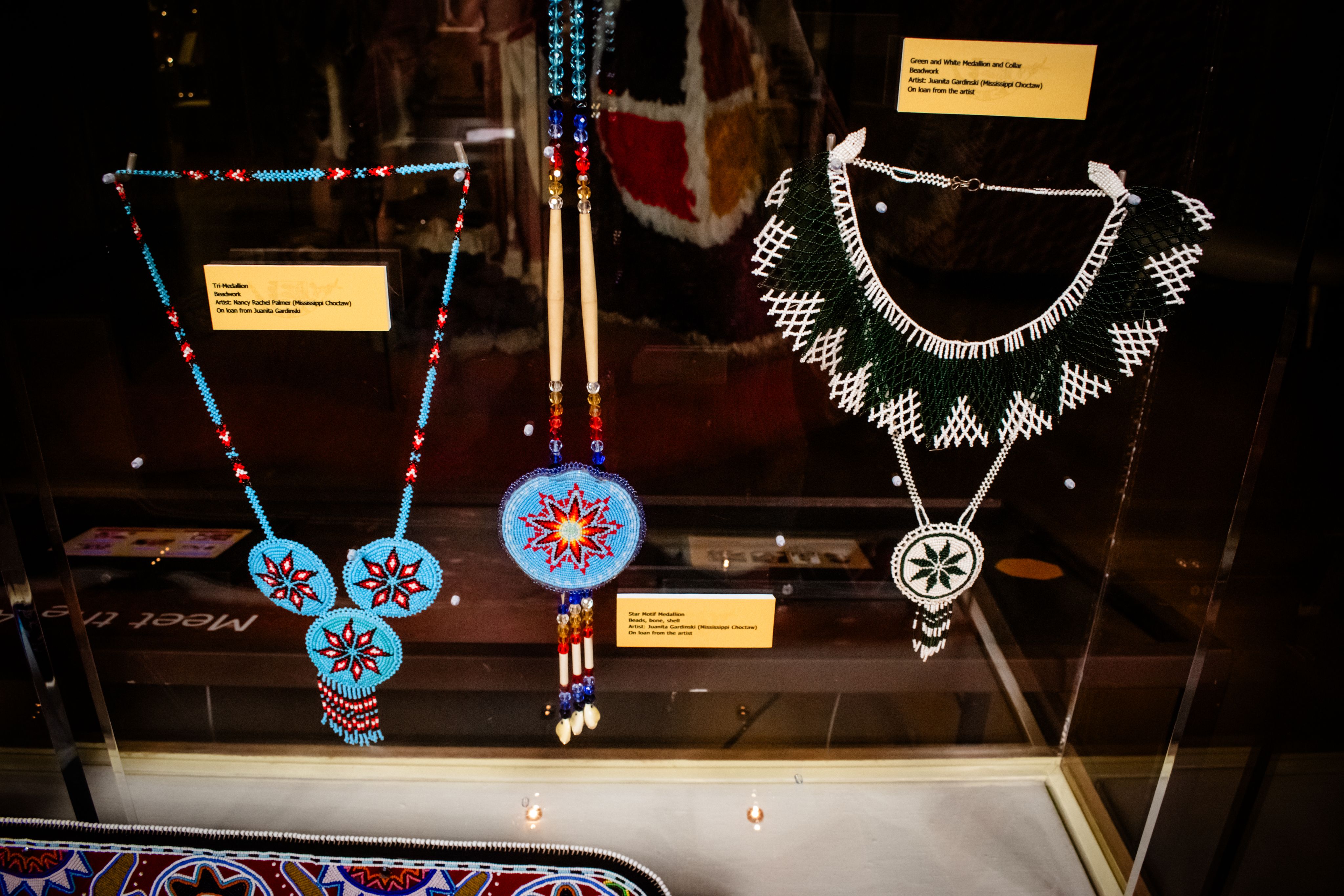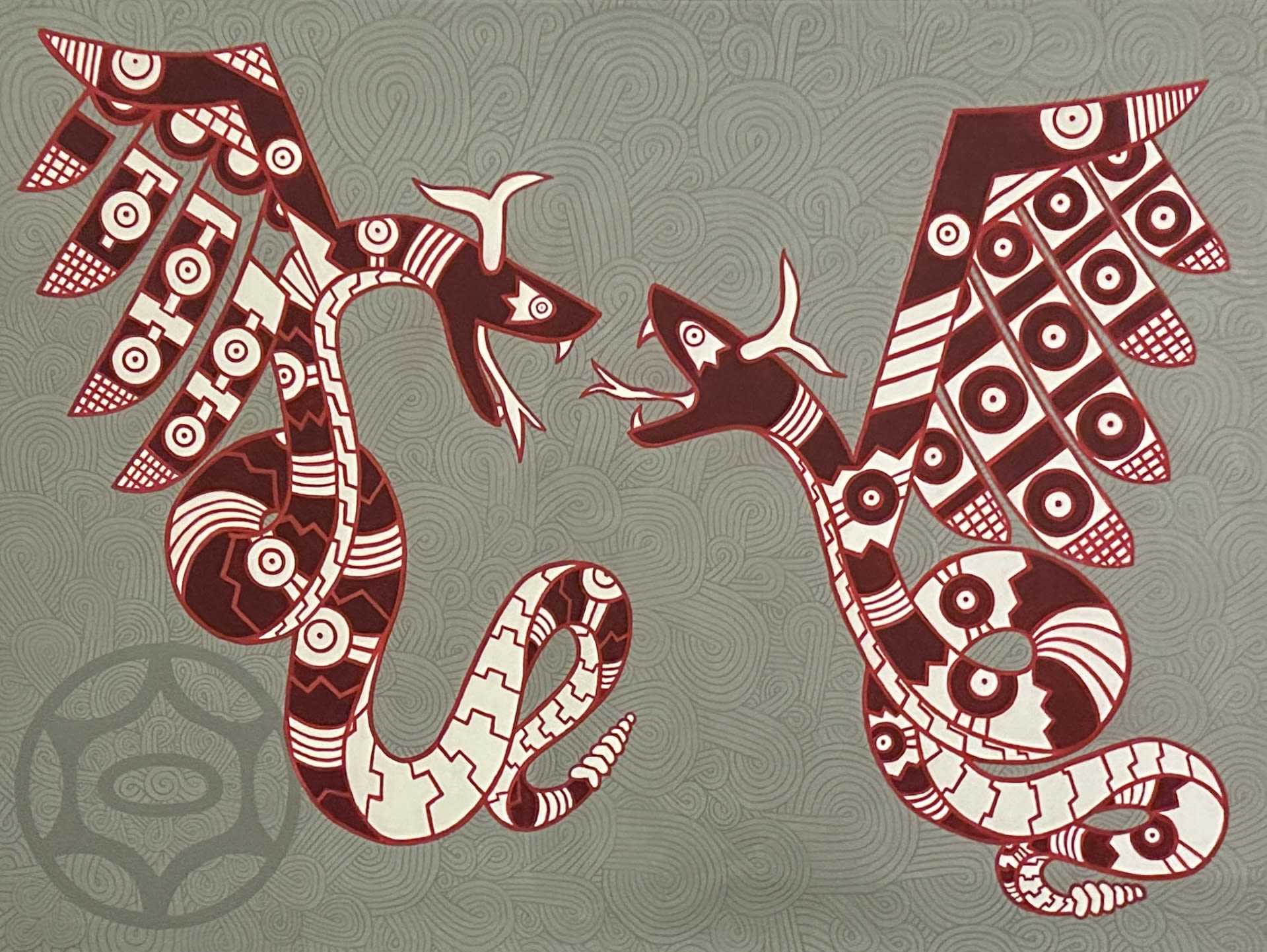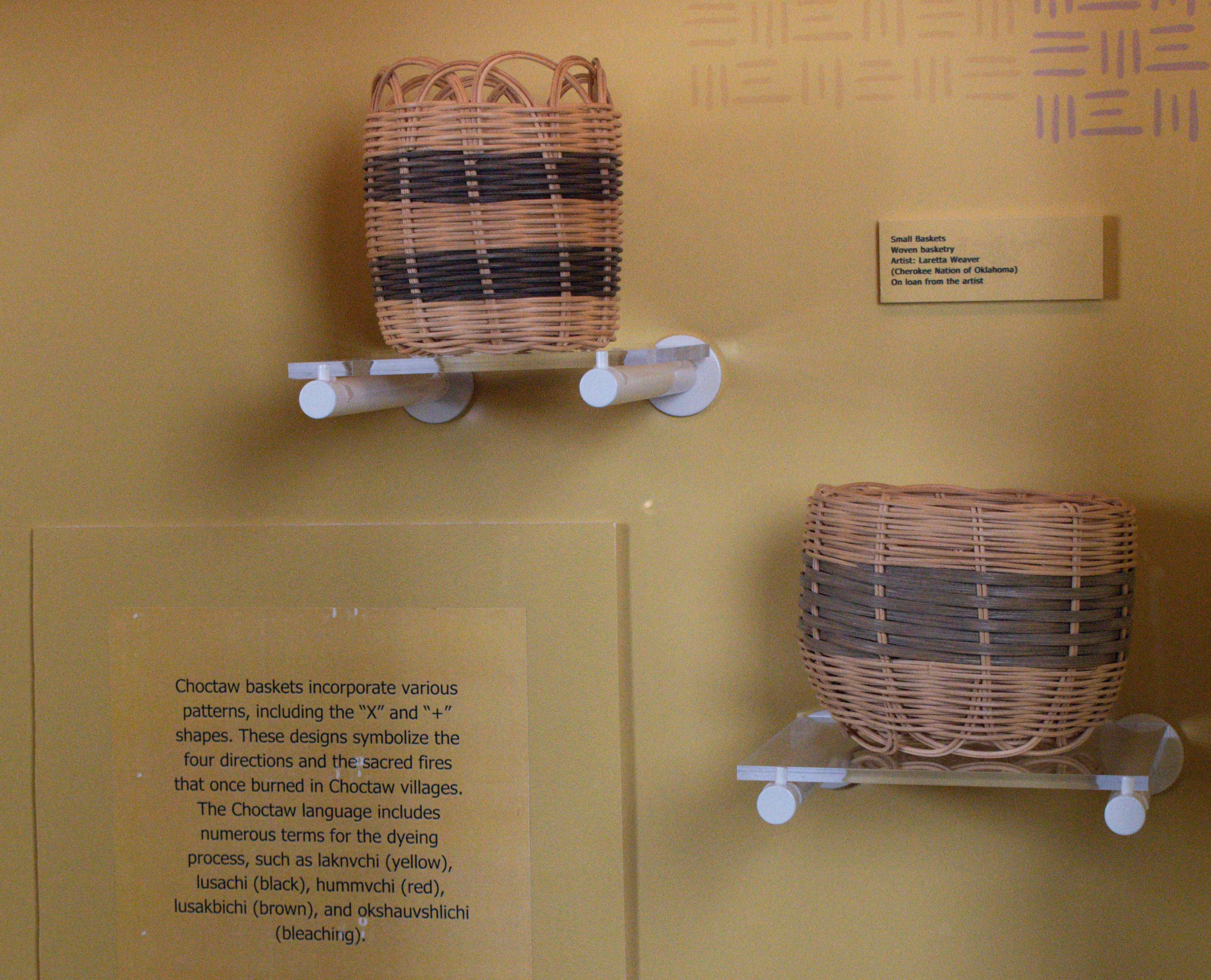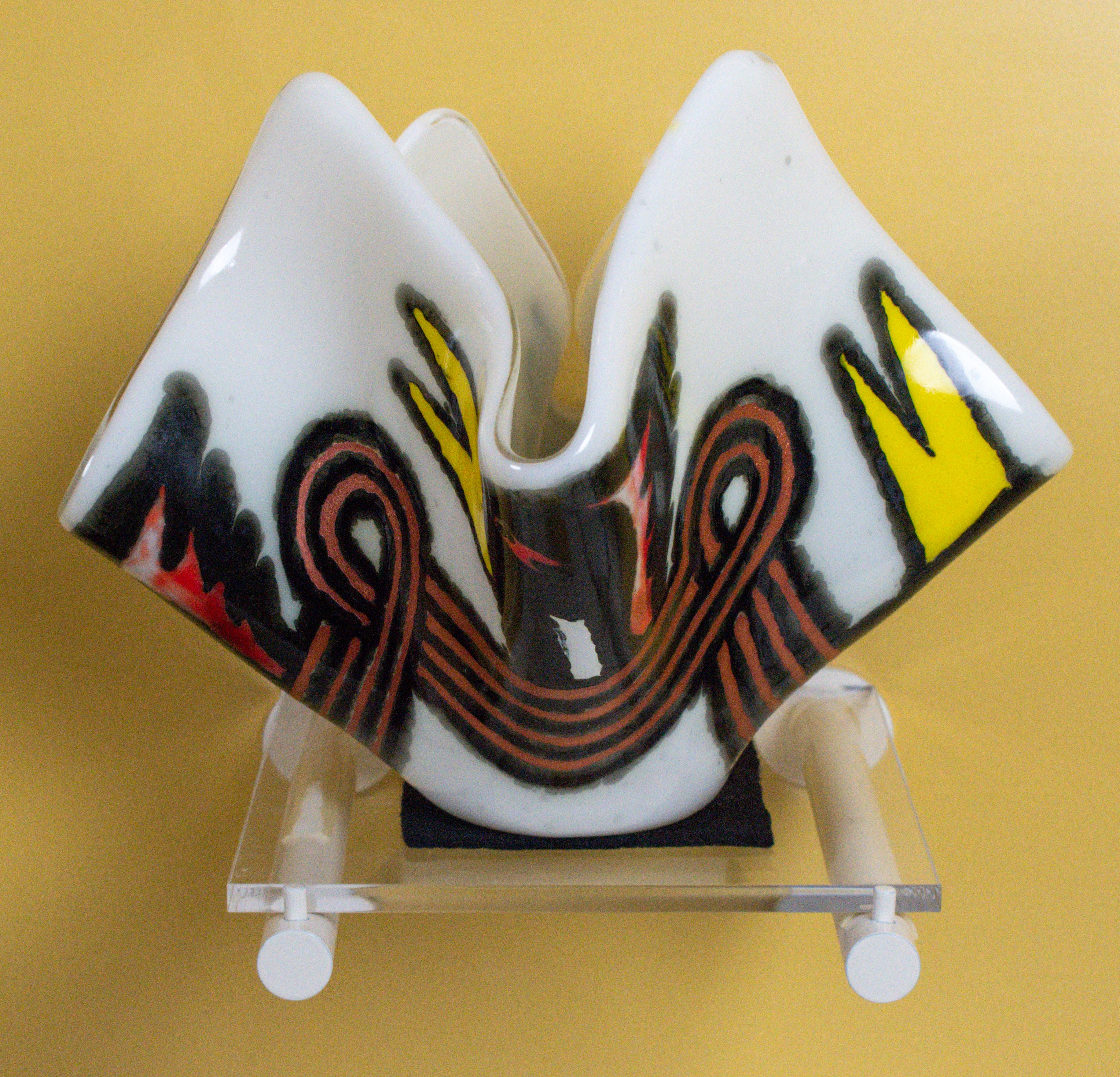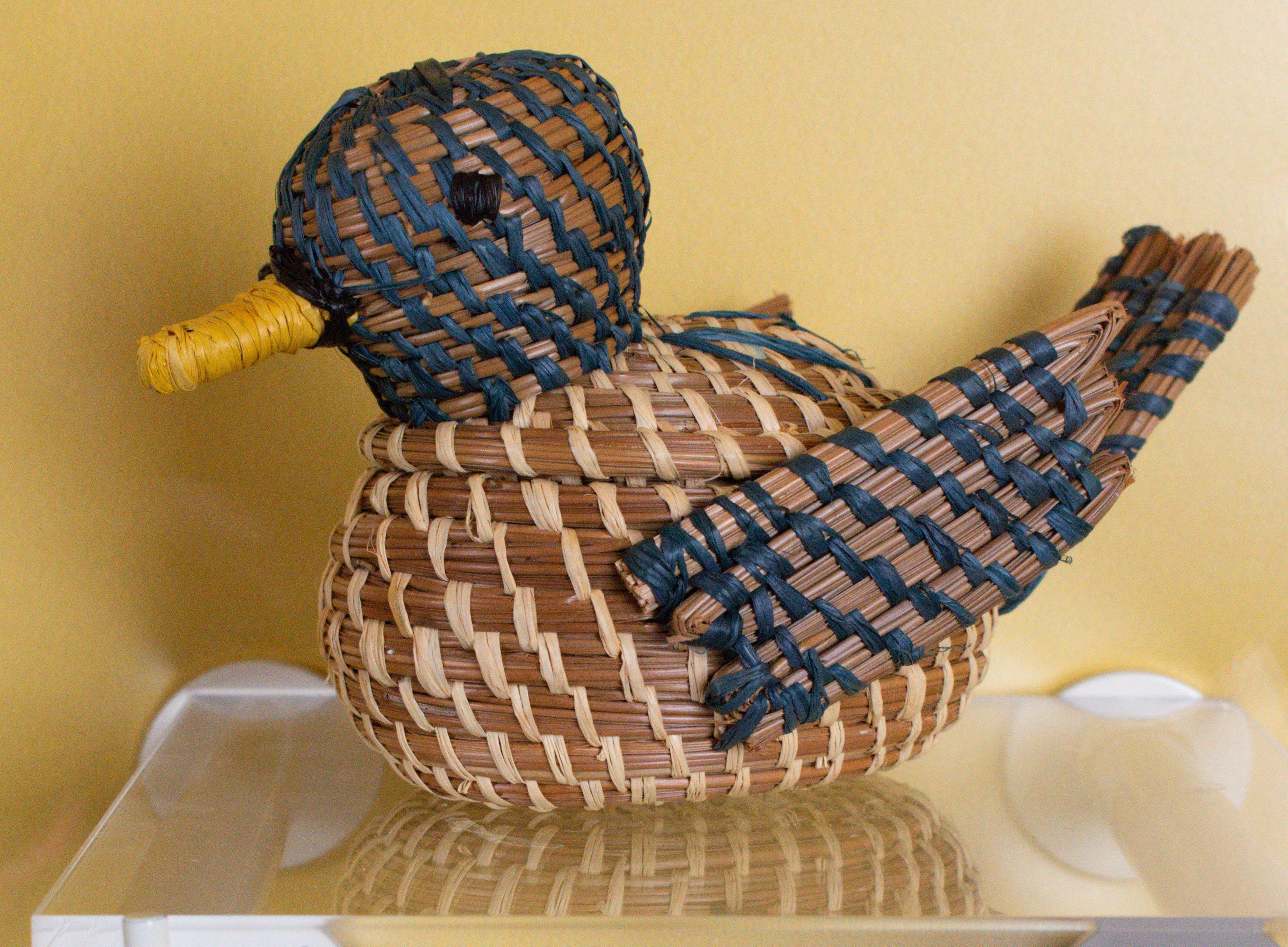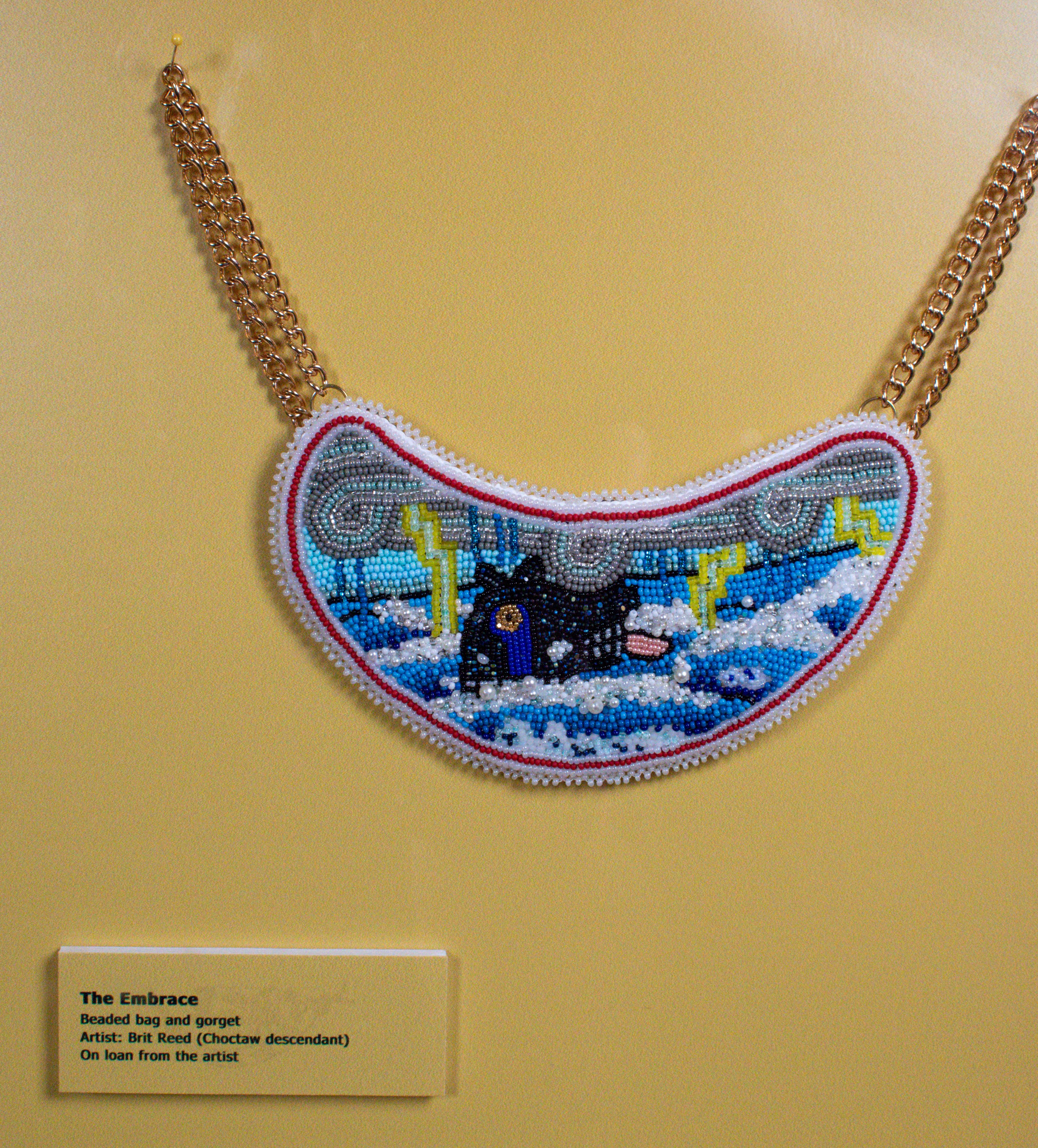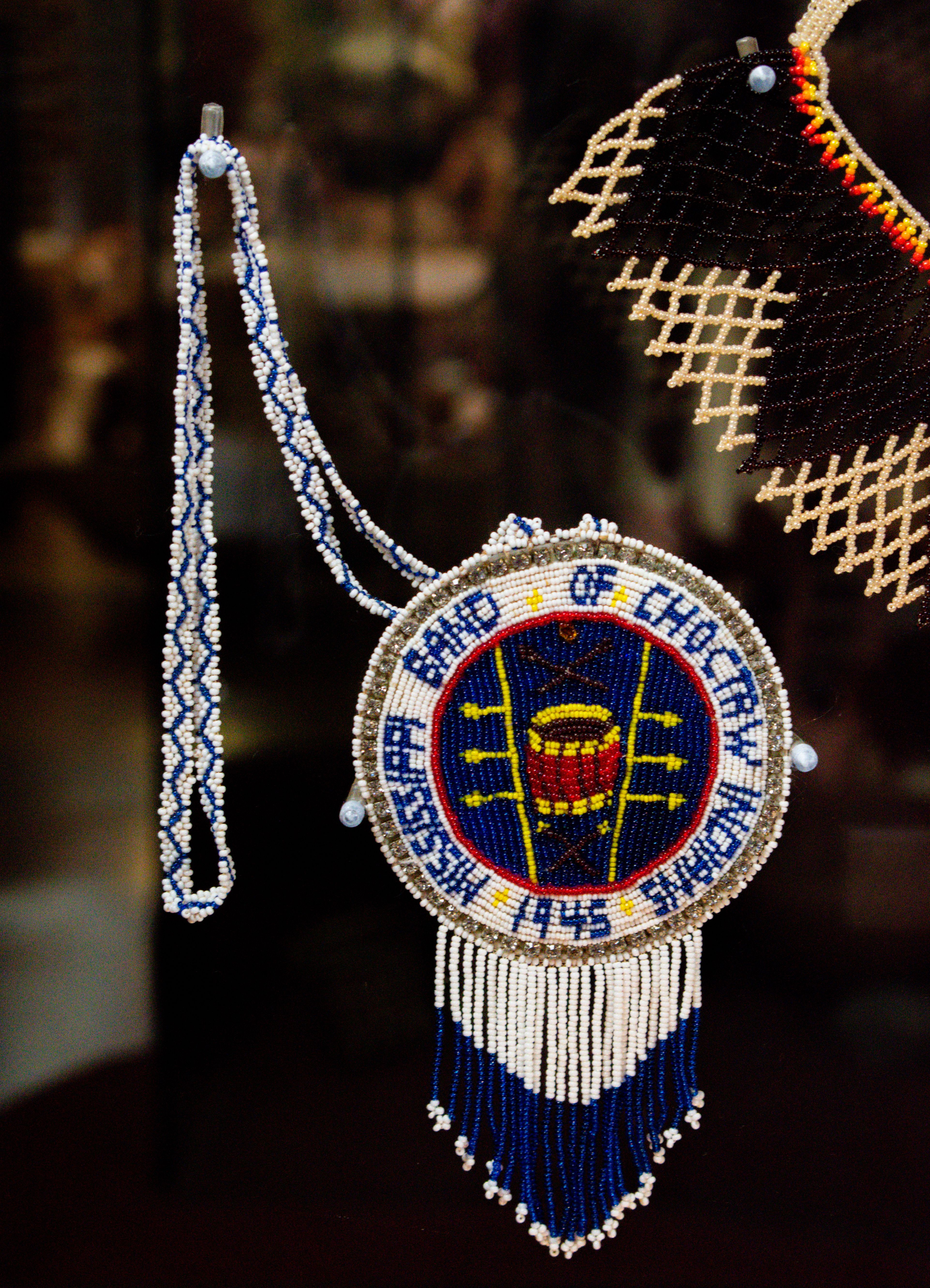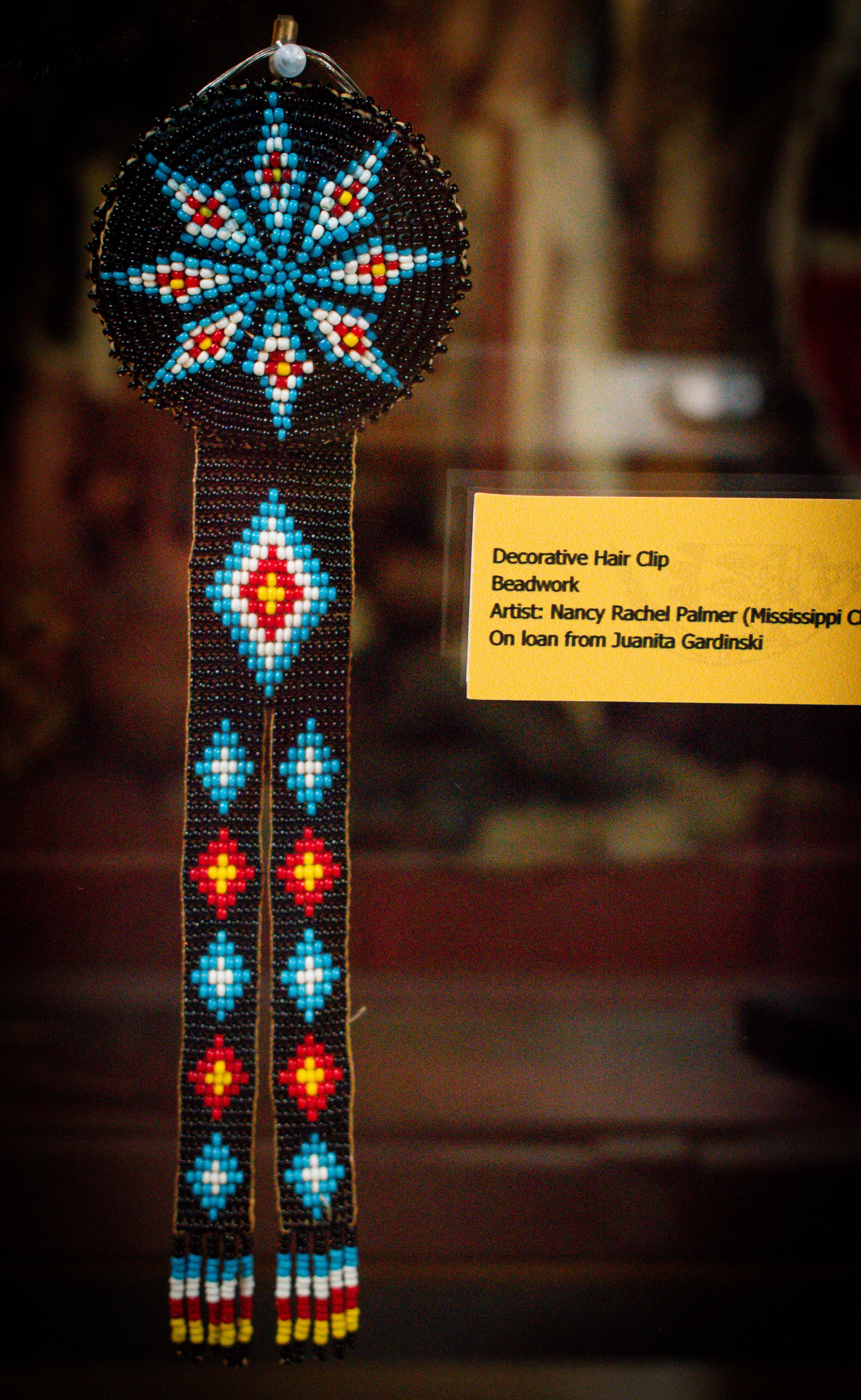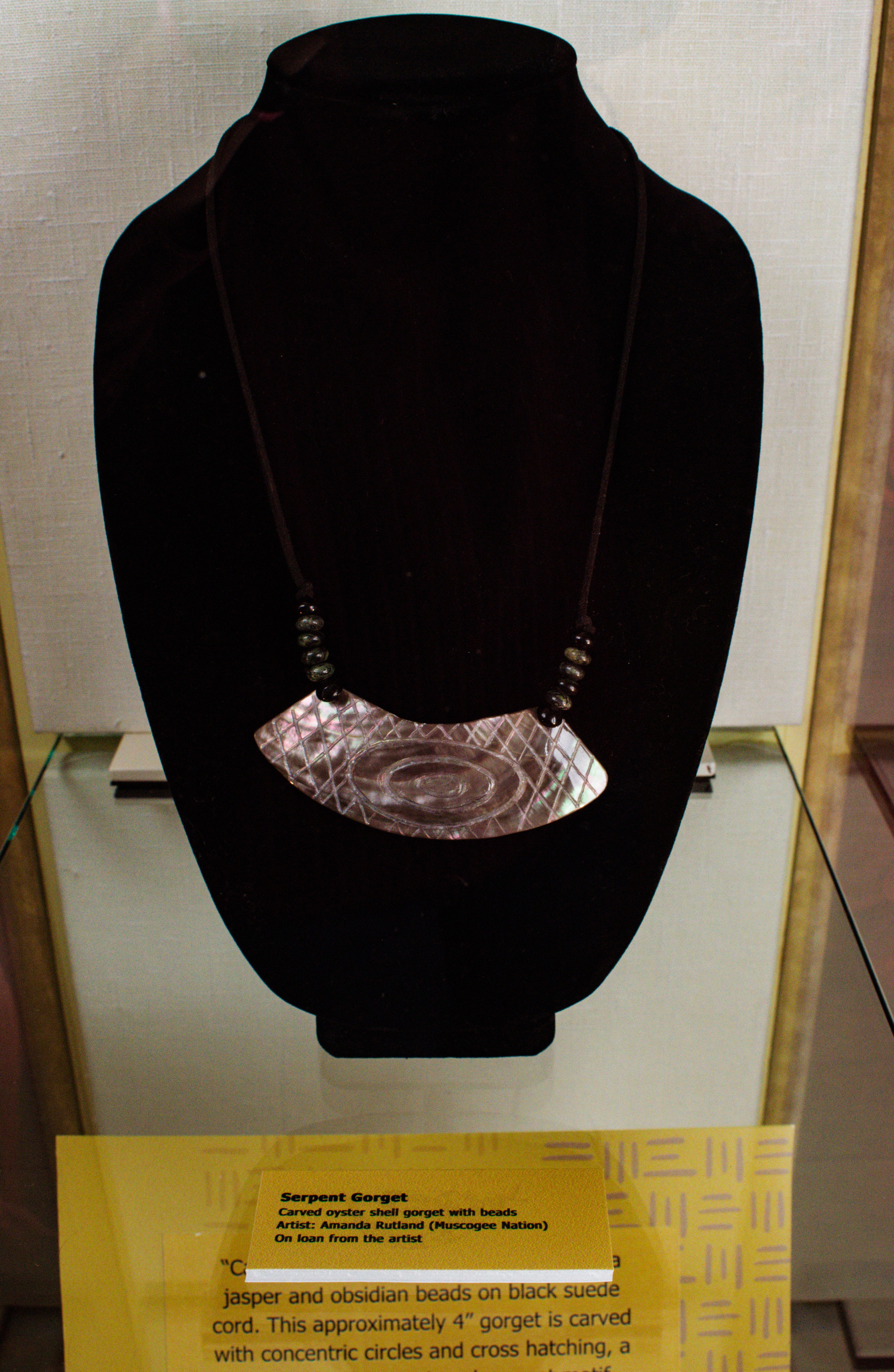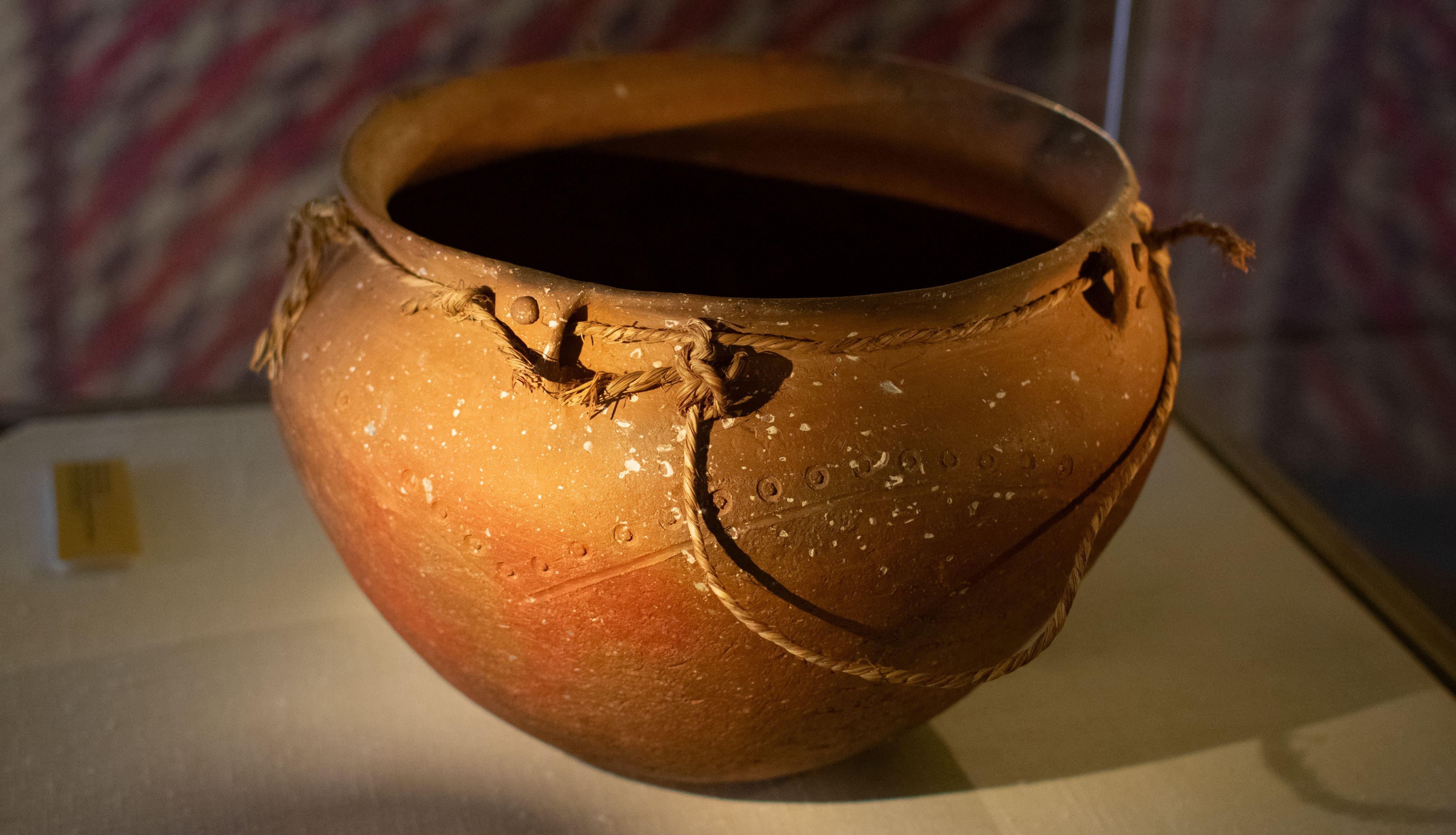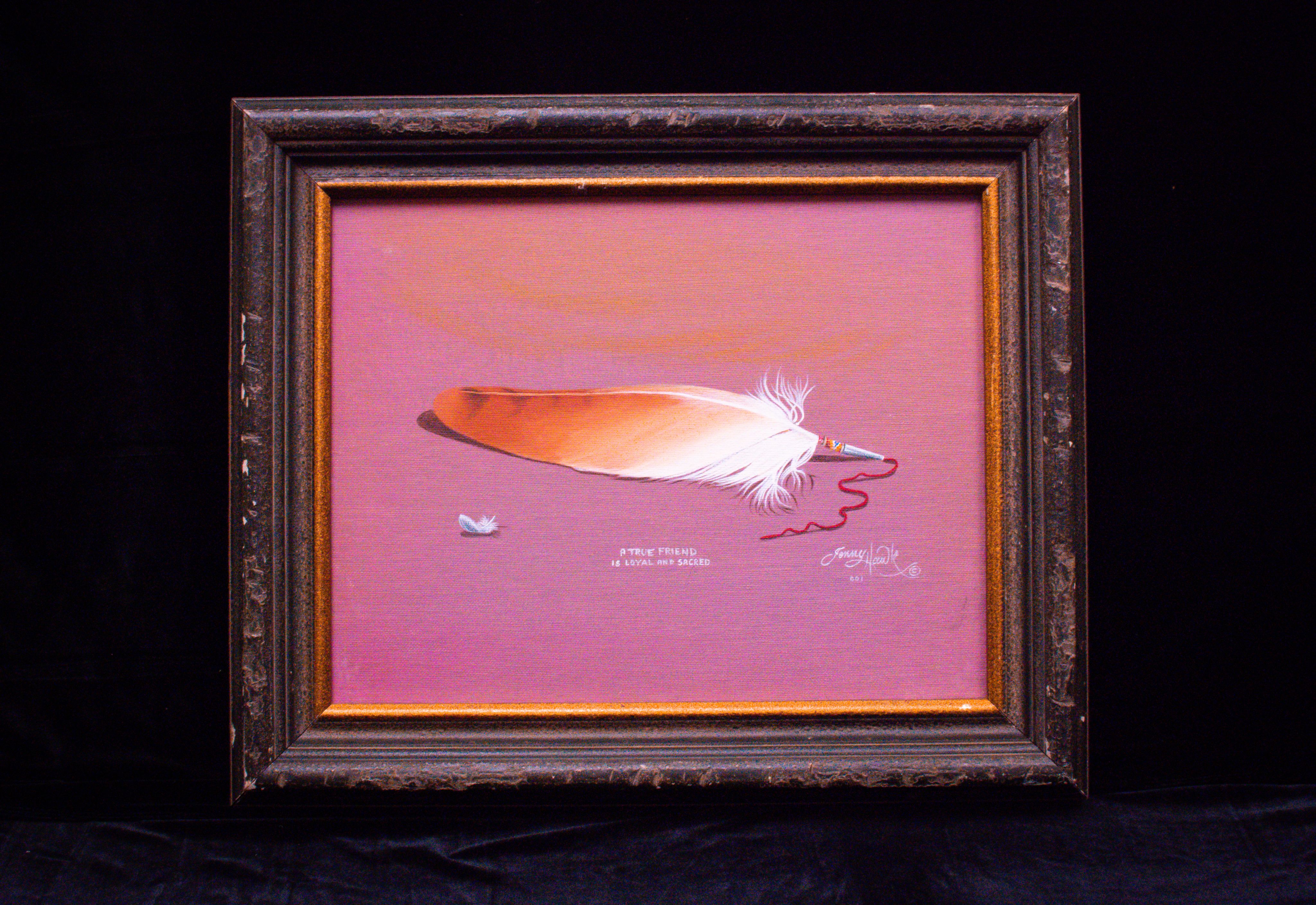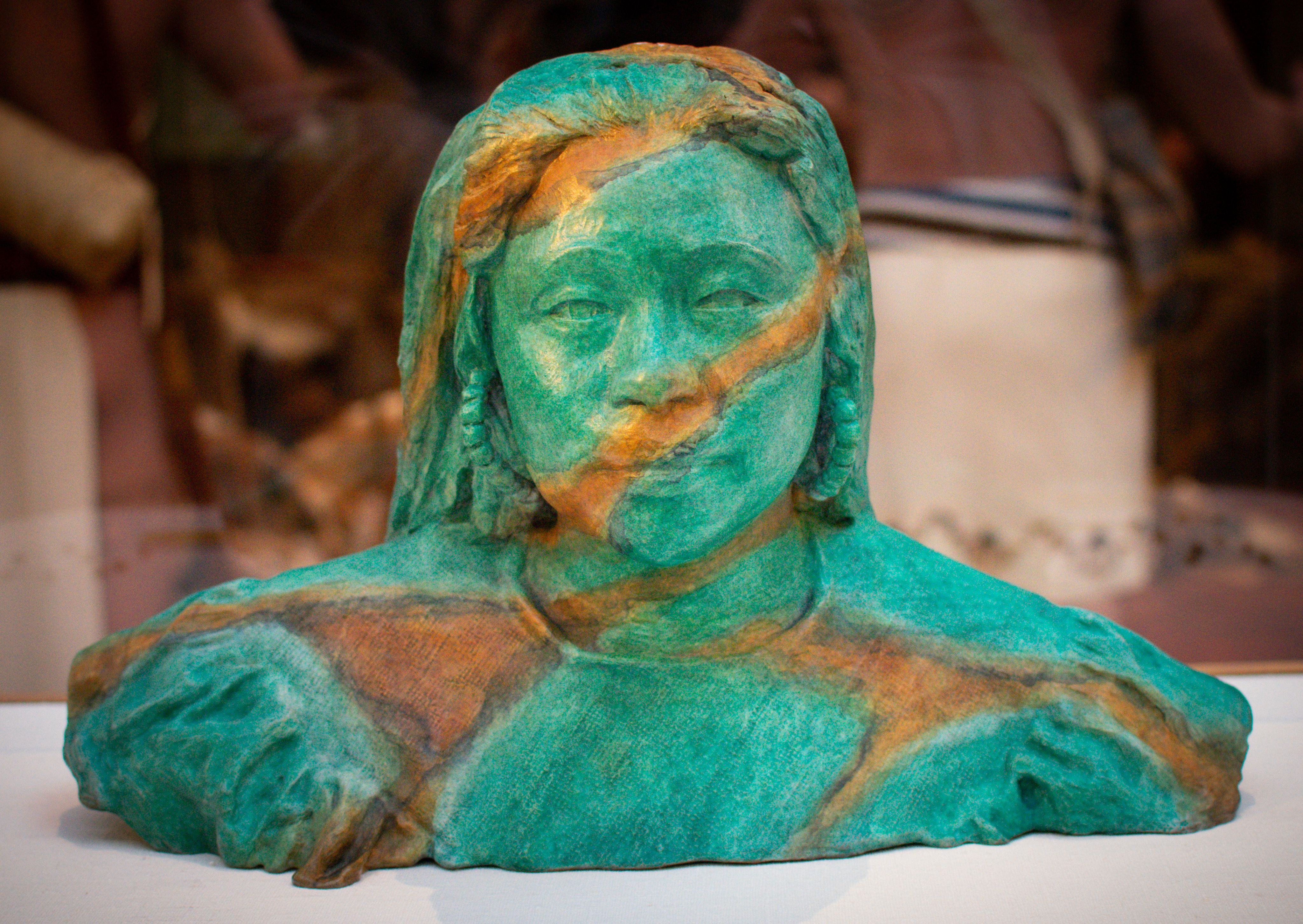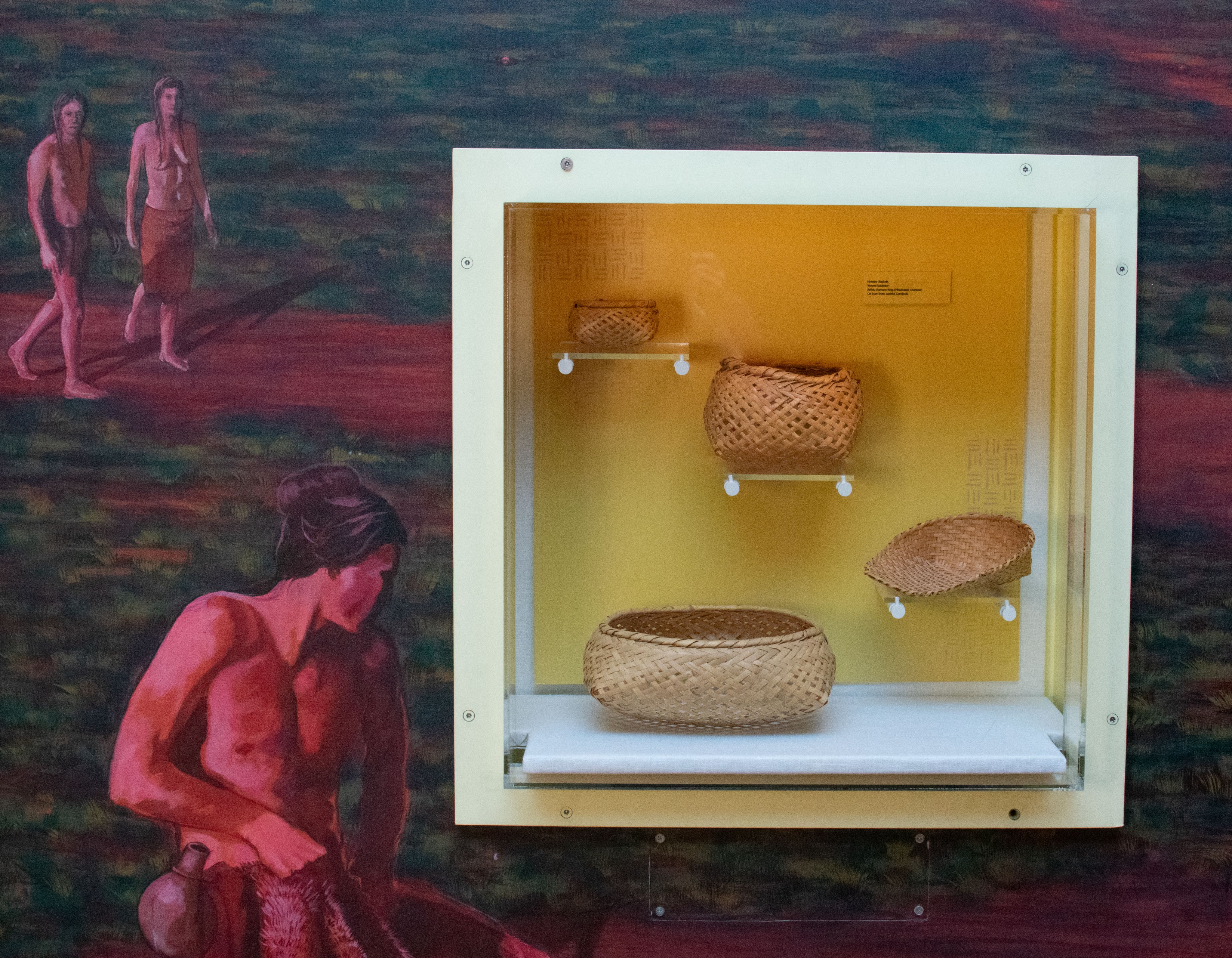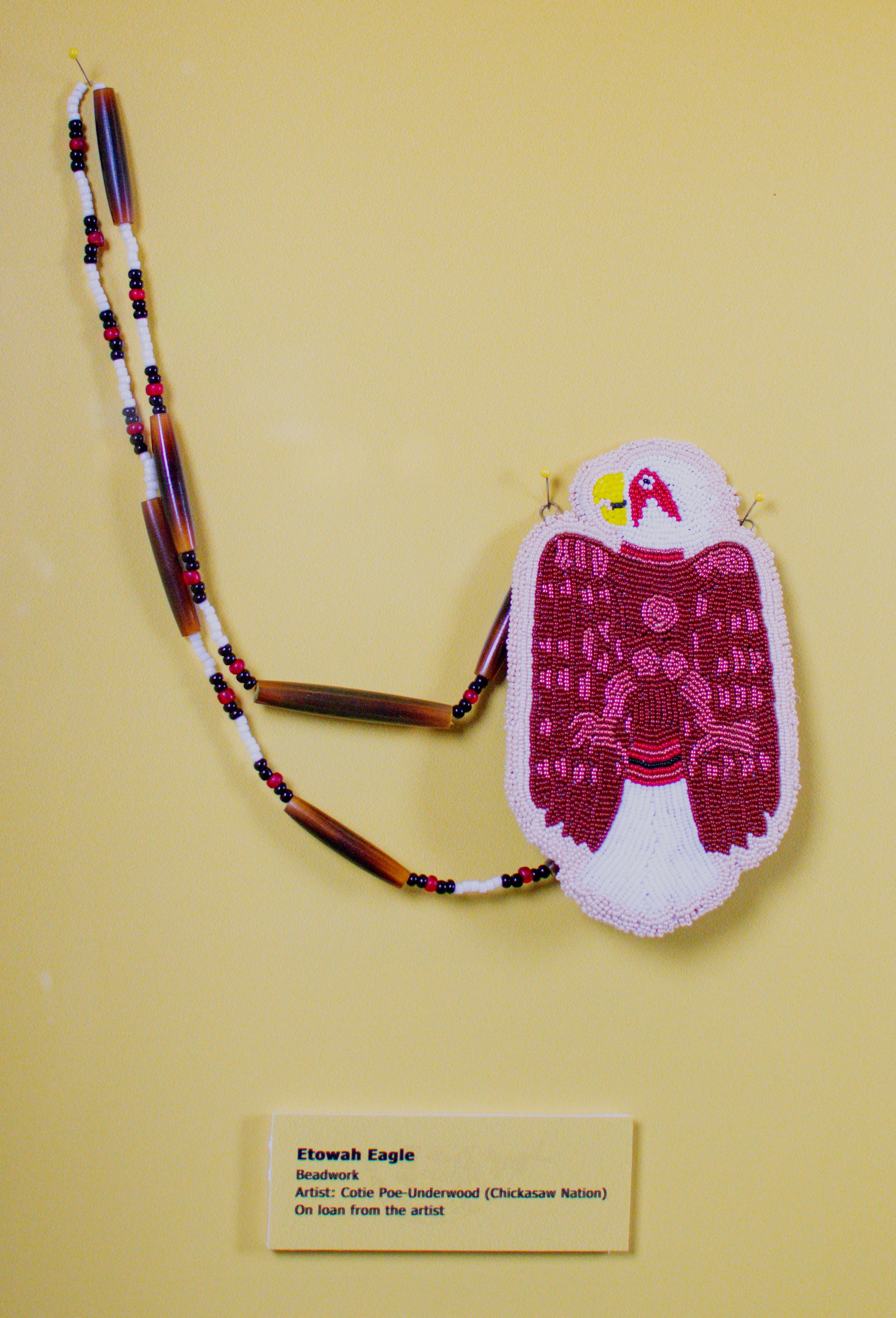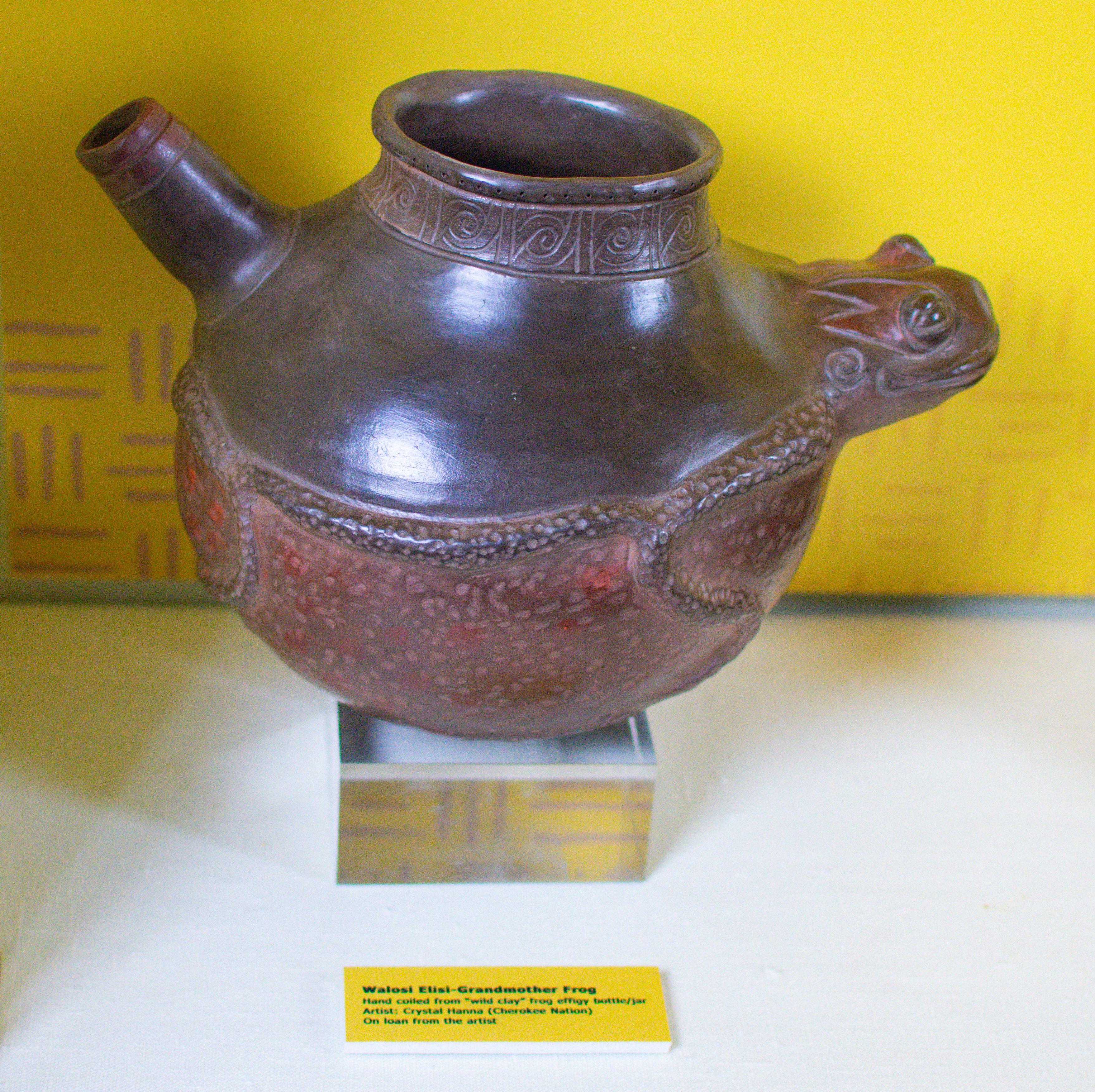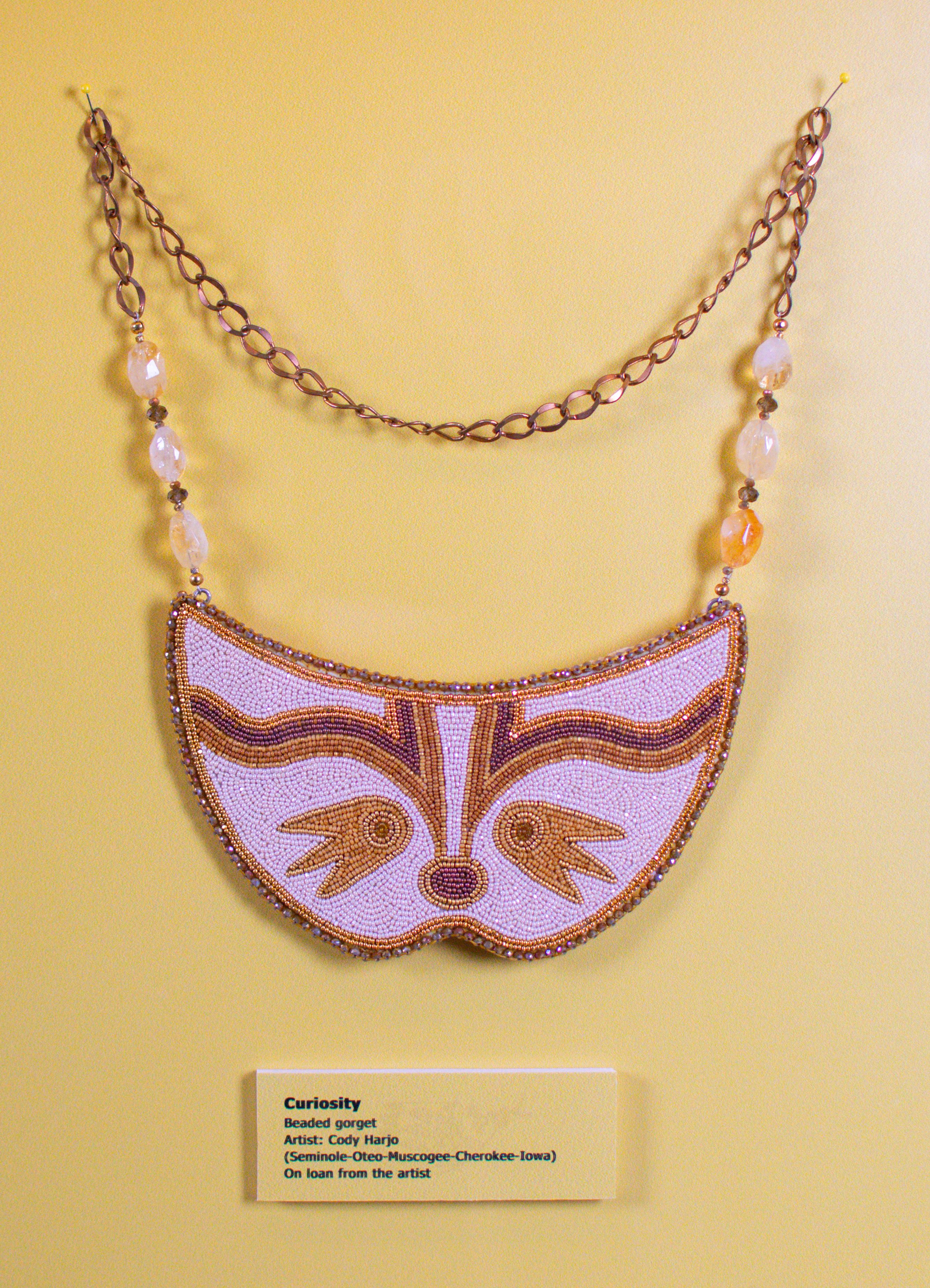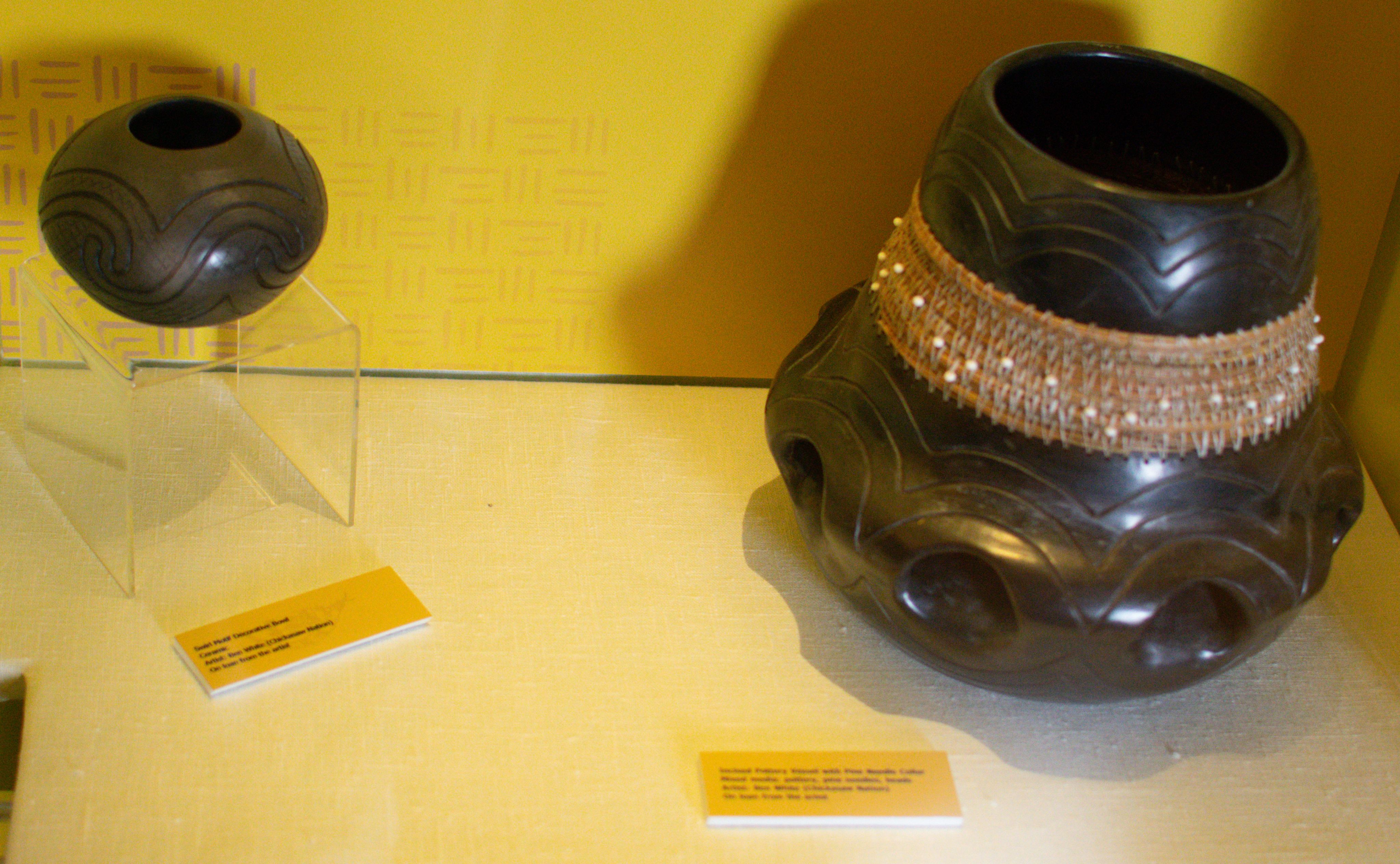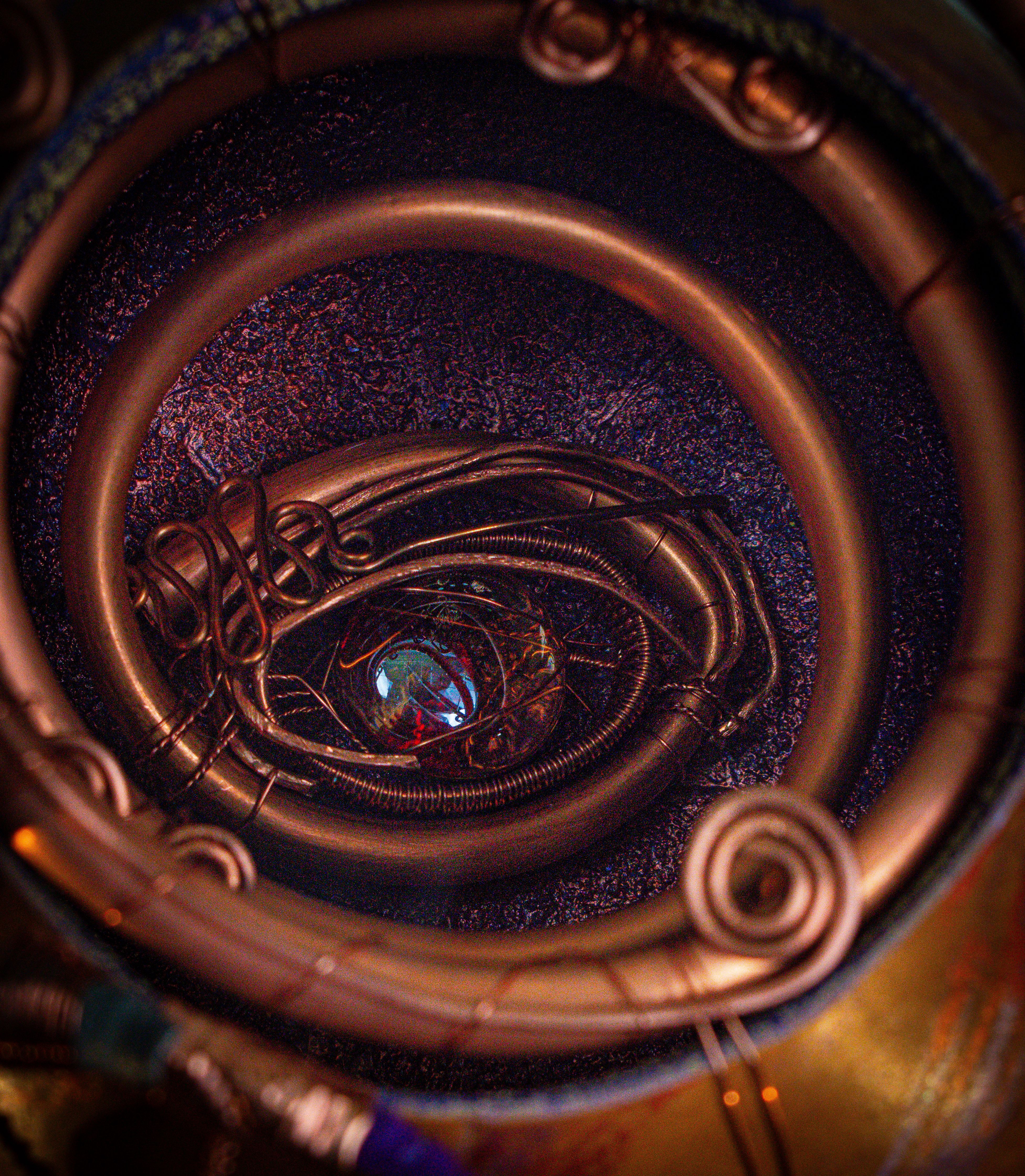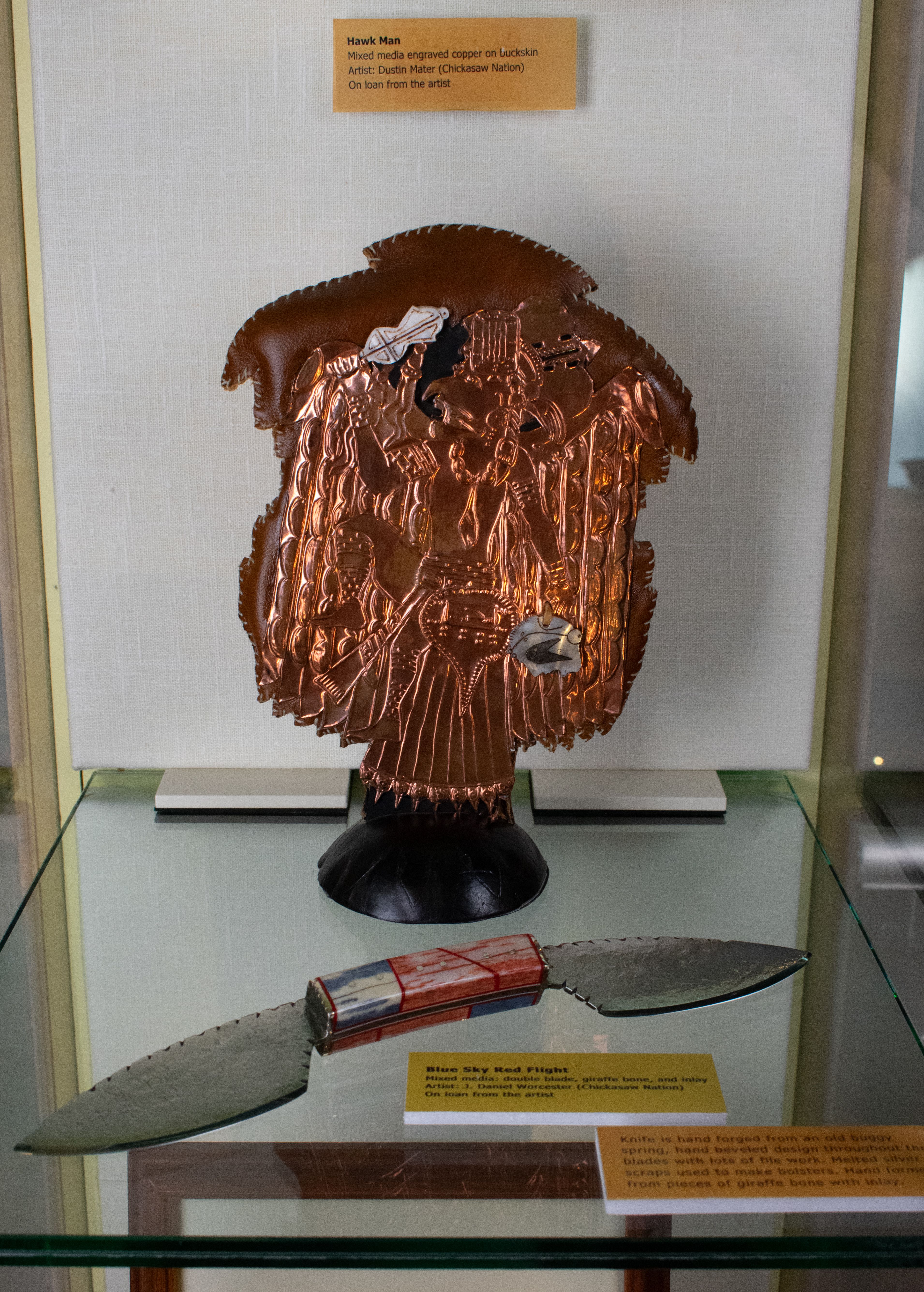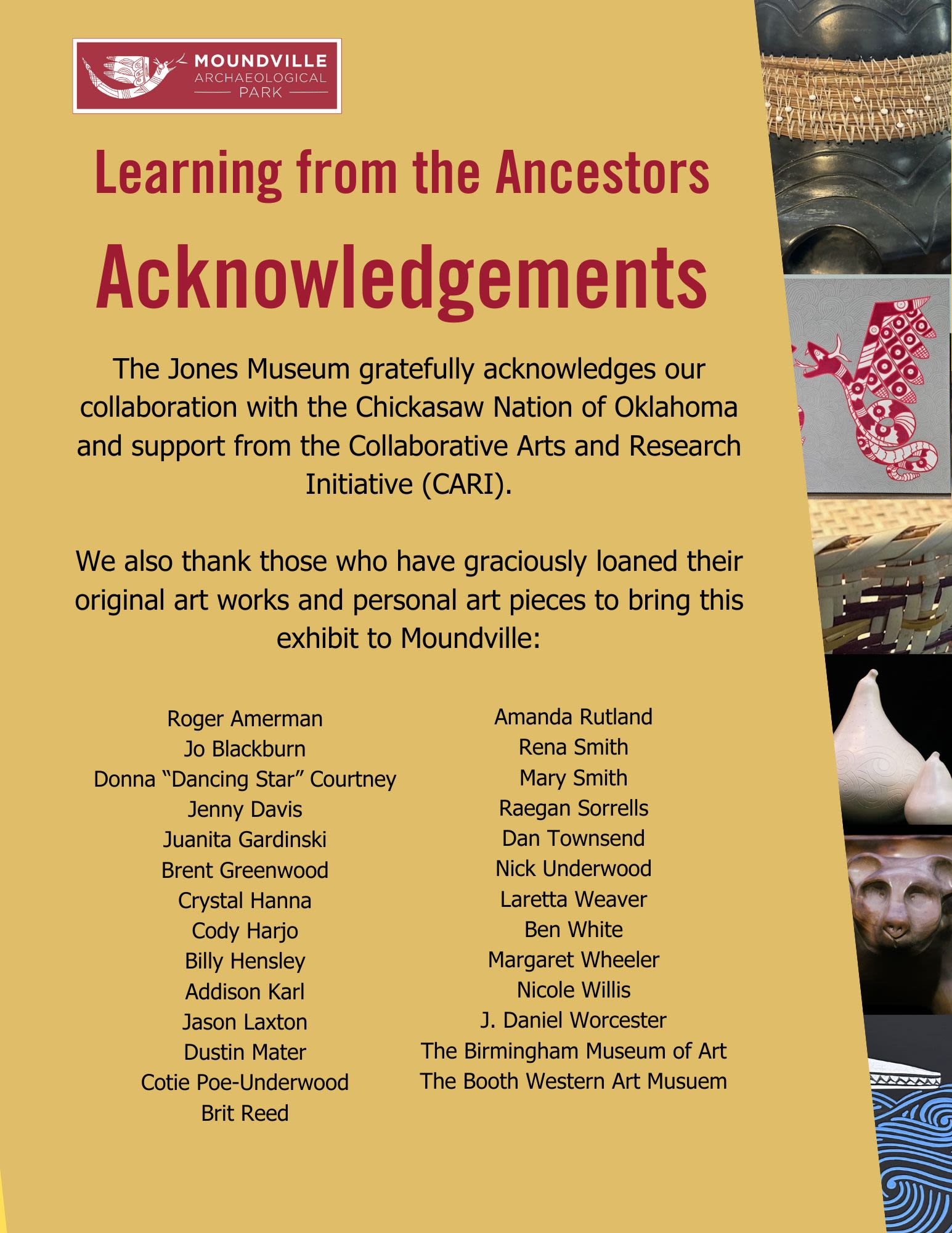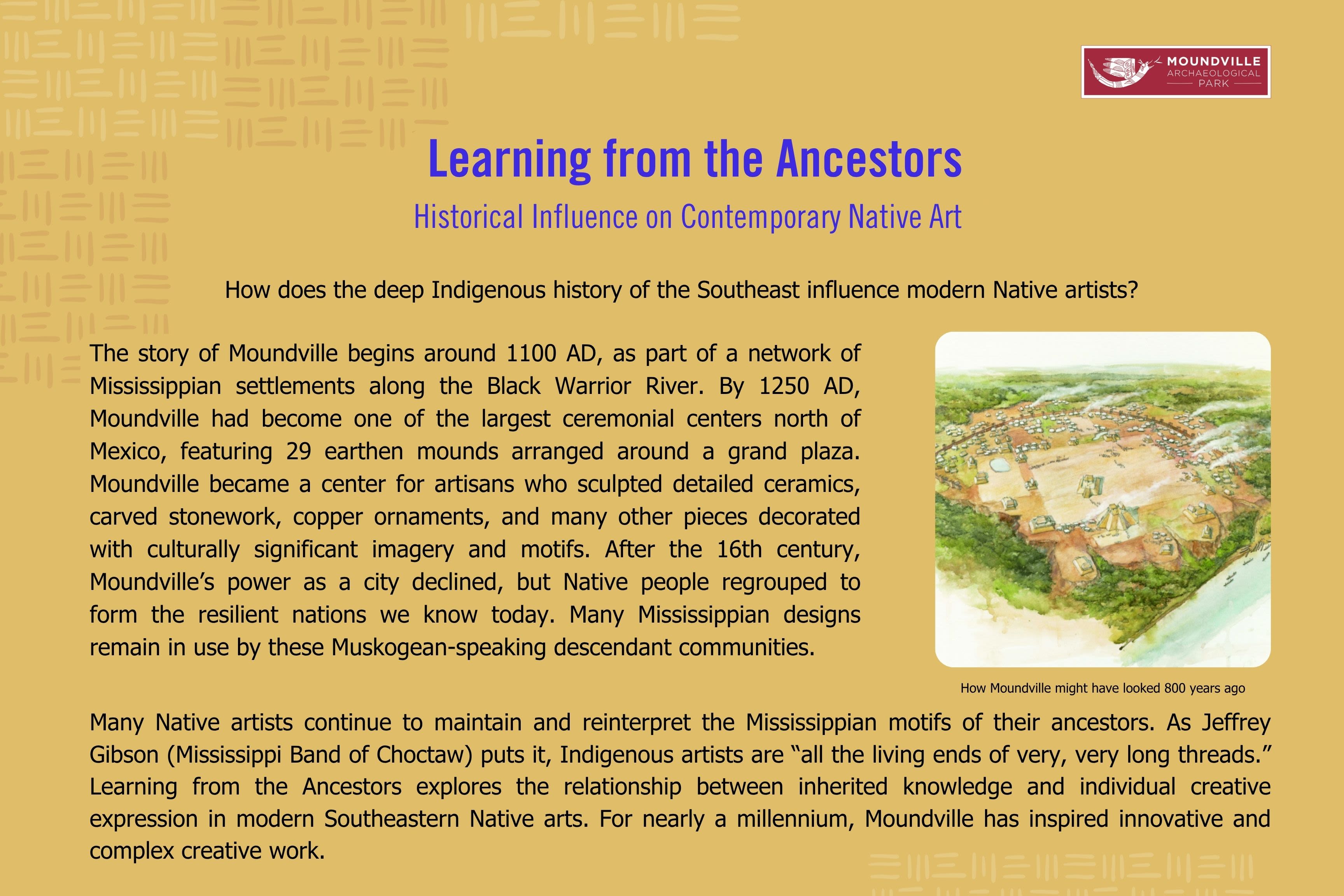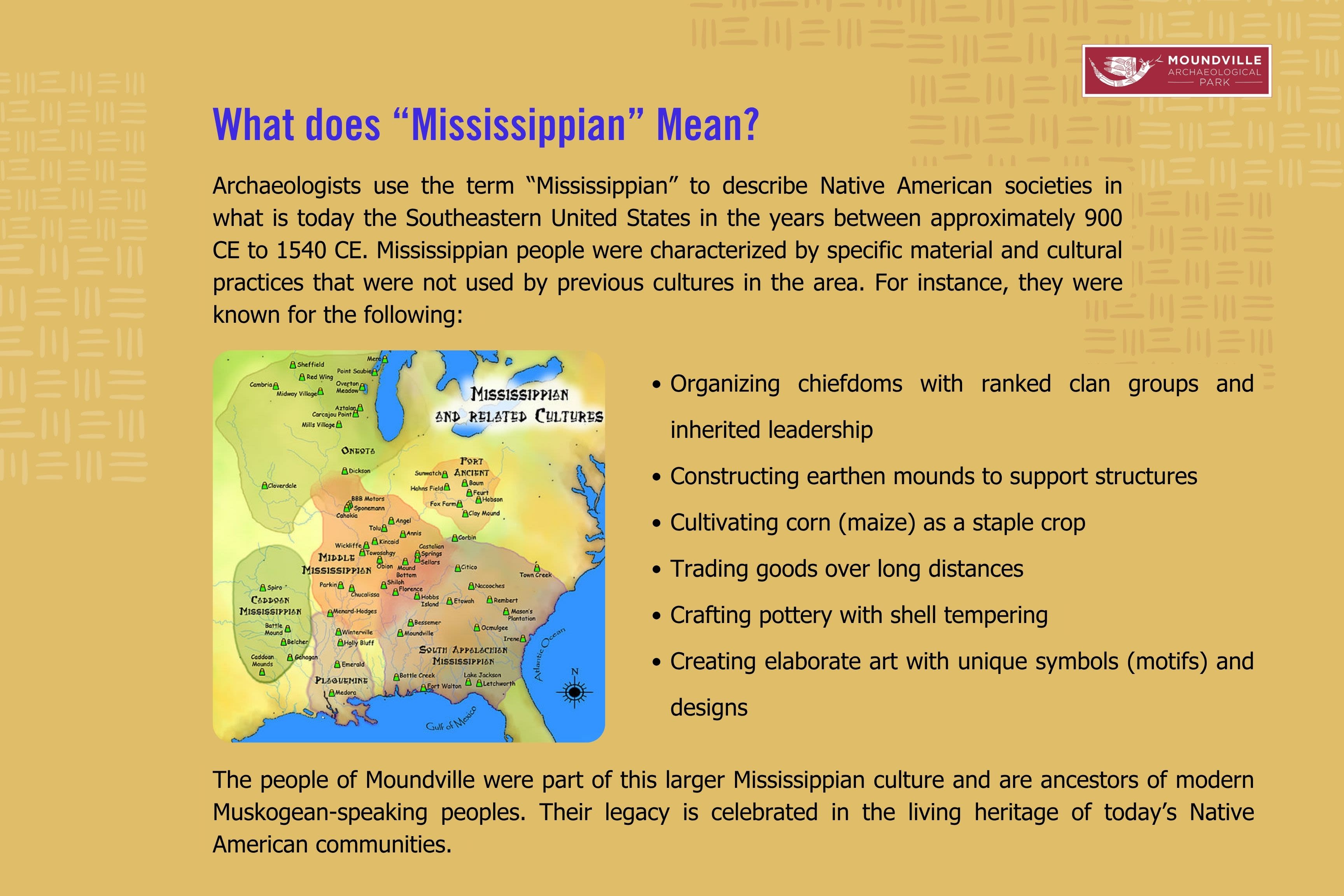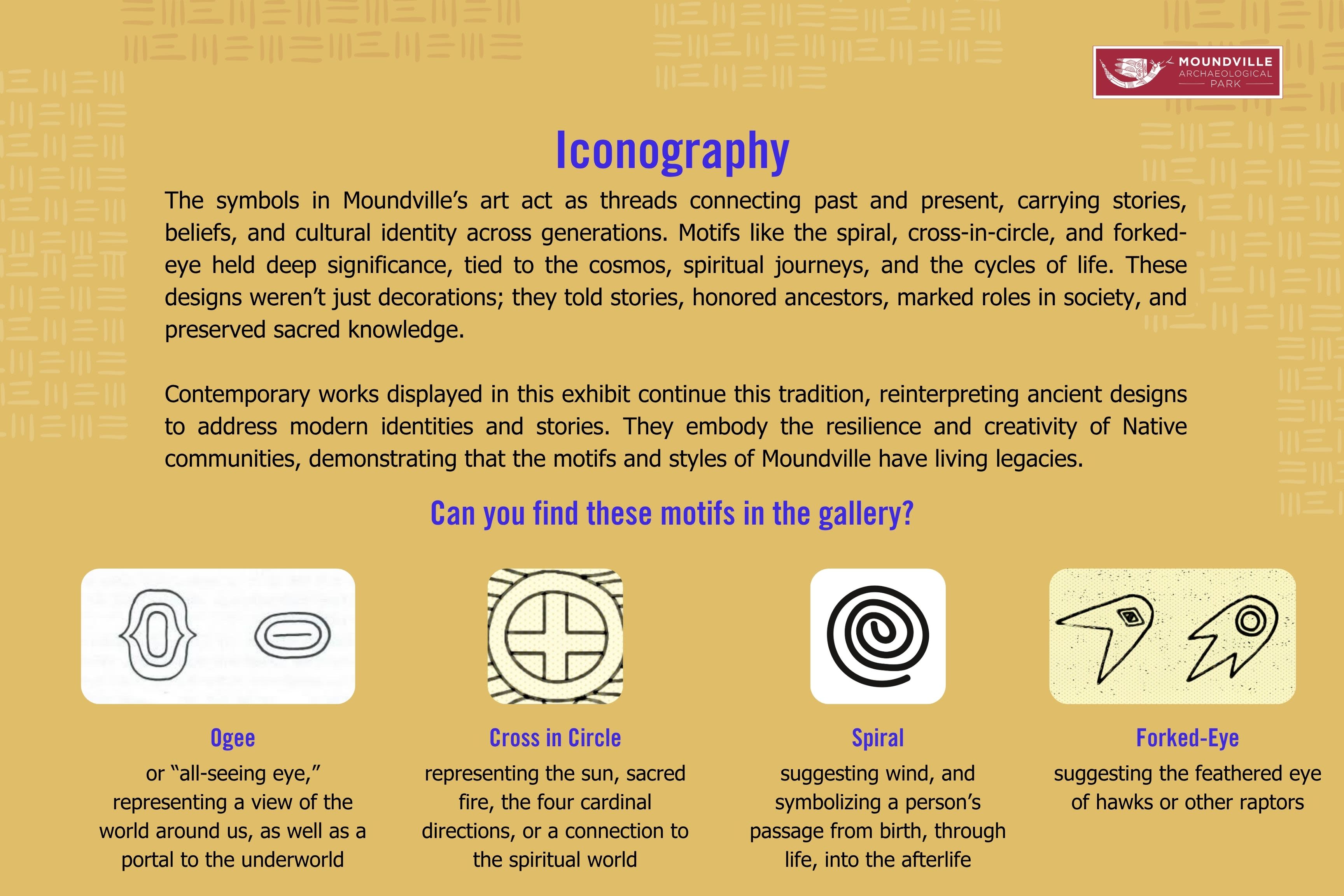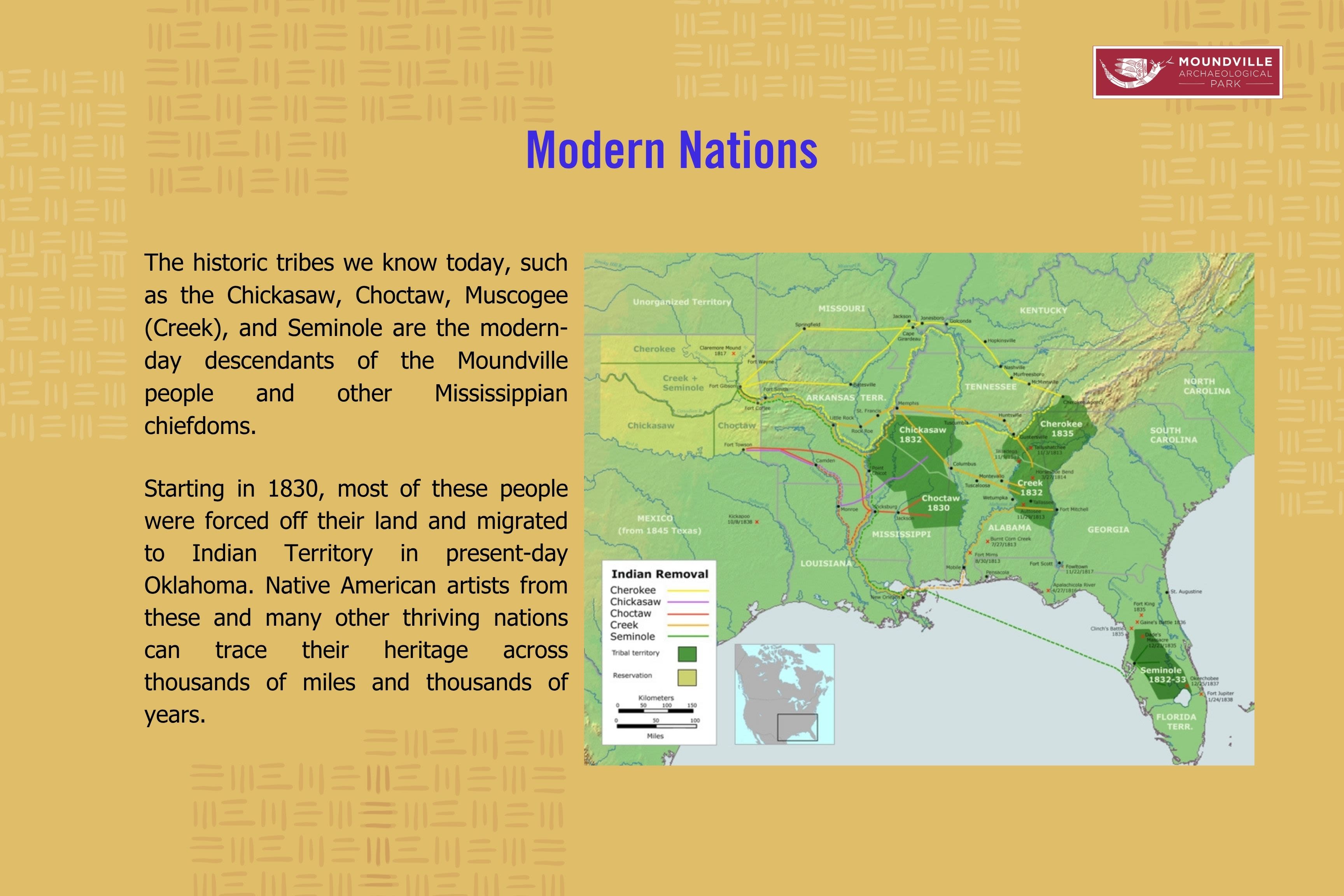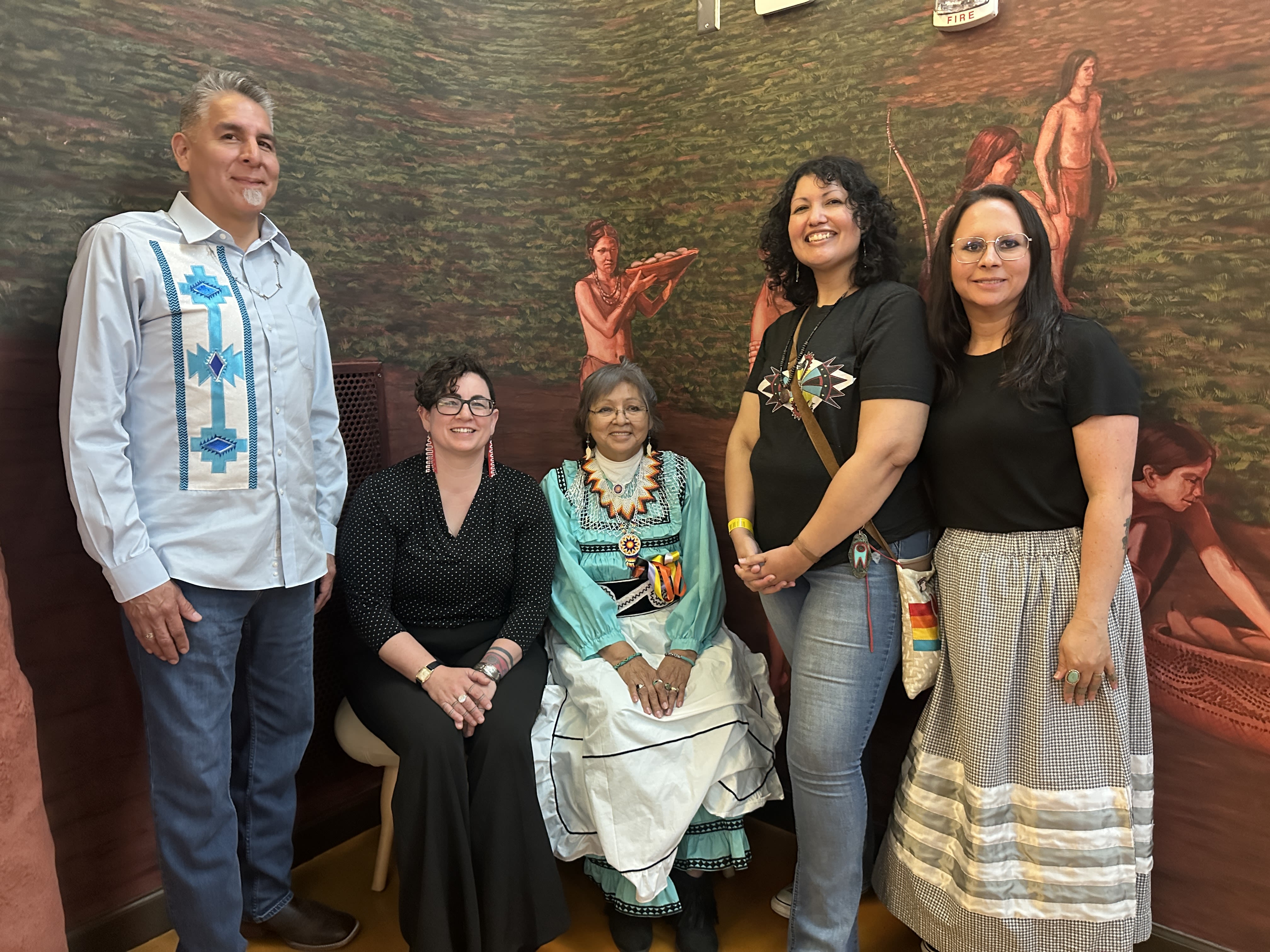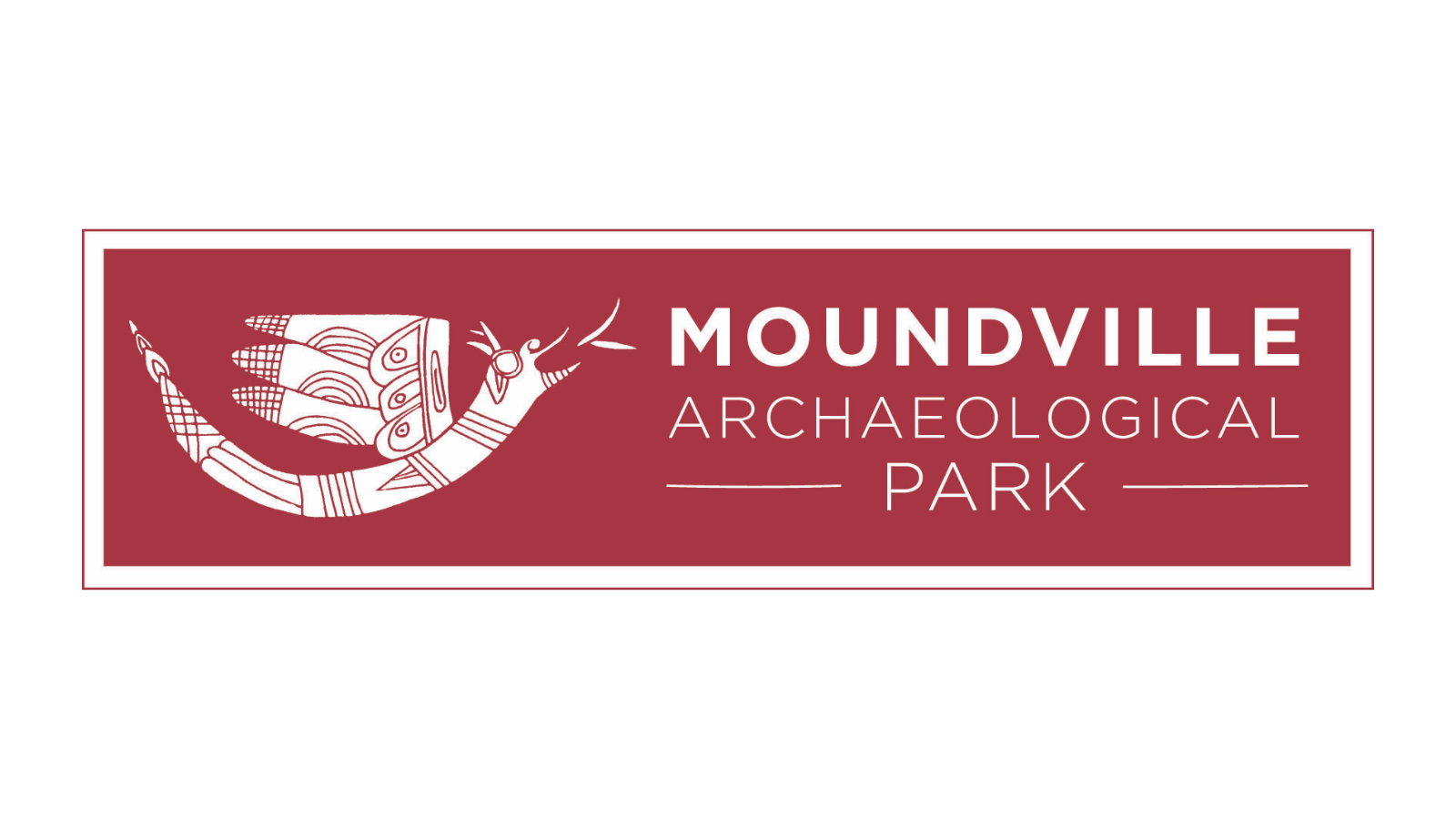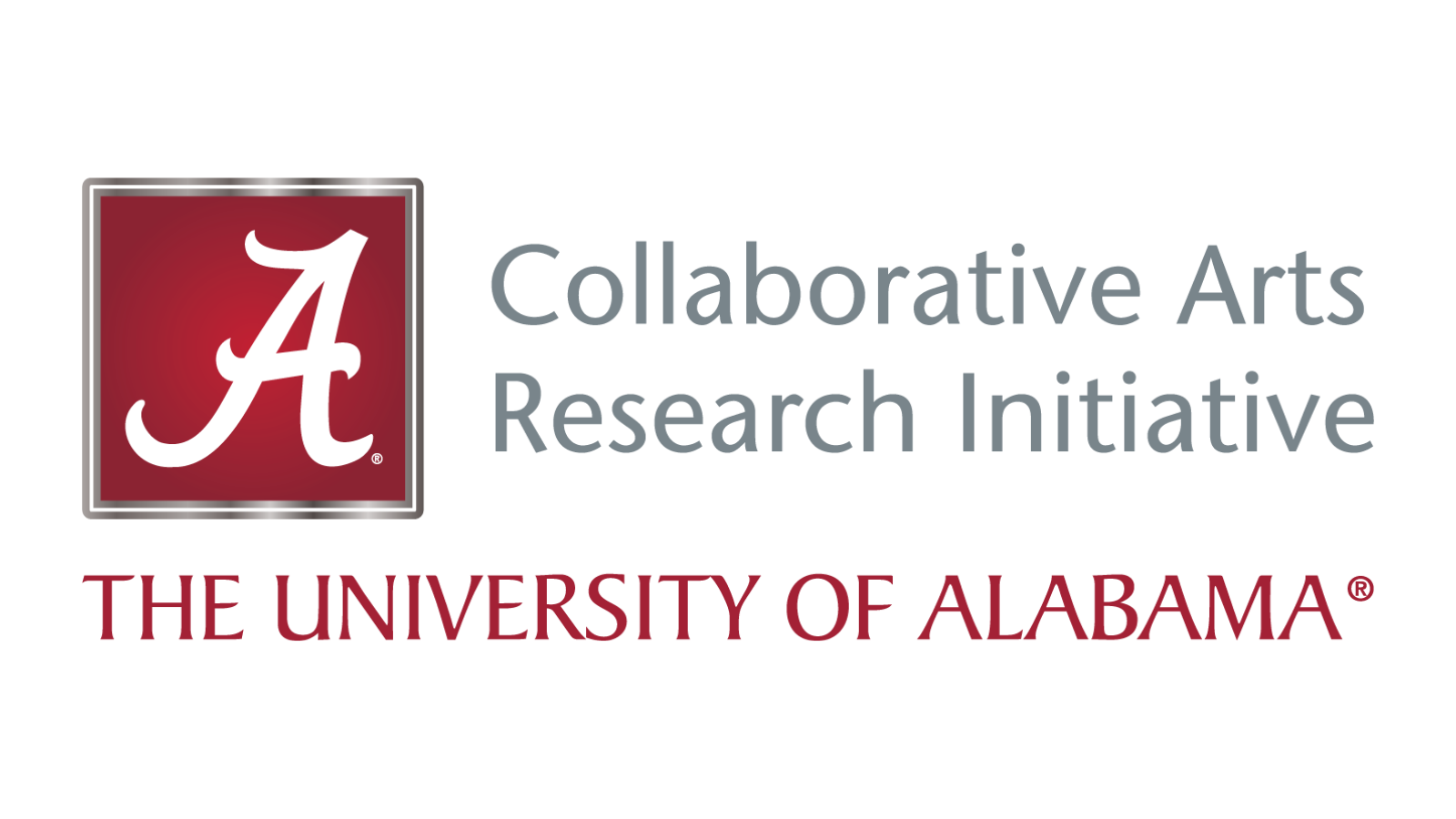
Learning from the Ancestors: Historical Influences on Contemporary Native Art ...
is temporary exhibition that ran from February 3 to May 31, 2025, at the Jones Archaeological Museum inside Moundville Archaeological Park. It brought together 65 contemporary works of art by 36 Native artists from eight Southeastern Tribal Nations. Each artist explores their cultural identity and creative practice through the lens of ancestral memory, community stories, and Mississippian iconography. The exhibit focuses on continuity and how the symbols, materials, and meaning of the past remain present in today’s Indigenous art.
Whether through pottery, shell carving, beadwork, or mixed media, these works reflect living cultures shaped by history but not bound by it. Created in close collaboration with tribal partners and supported by the Collaborative Arts and Research Initiative, this exhibition honors the voices of artists and ancestors alike.
Meet the Artists
Visitors were invited to explore artist statements, recorded interviews, and personal reflections via an interactive iPad station. These digital components gave visitors a chance to hear directly from the artists about what inspires their work, how they connect to their ancestors, and what it means to create art that speaks both to tradition and innovation. For many of these artists, this was their first time exhibiting at Moundville and for some, it marked the beginning of future collaborations with the museum. Wall text included Indigenous language terms, artist quotes, and accessible explanations of iconography, inviting visitors to slow down, reflect, and make their own connections between past and present.
Community Collaboration
Co-organizer Brent Greenwood, a Chickasaw artist and Director of Fine Arts for the Chickasaw Nation, played a central role in selecting works that reflected the exhibit’s themes and values.
From concept to completion, Indigenous partners were involved in decision-making, interpretation, and exhibit layout, ensuring that their stories were told in their own words and through their own lenses. This collaborative process was grounded in the Indigenous principle of relational accountability—working with respect, reciprocity, and a shared responsibility to community.
The result was an exhibit that not only reflected cultural heritage, but also created space for continued relationships, future projects, and long-term trust between the museum and Native communities.
Why It Matters
Moundville is often thought of as a historic or archaeological site, but Learning from the Ancestors reminds visitors that Indigenous cultures are not just part of the past but are vibrant, diverse, and very much alive. By placing modern Indigenous art within the walls of an archaeological museum, the exhibit challenges outdated ideas that Native identity is static or historical.
Instead, it highlights how tradition informs innovation, how ancient symbols still speak today, and how Native peoples are active agents in shaping their cultural futures. The exhibit also encouraged visitors to reflect on their own assumptions and learn from Native perspectives in a respectful, community-centered way.
For many, the biggest takeaway was simple but powerful: Native peoples are still here. They are artists, educators, leaders, and knowledge keepers that are carrying their histories forward and sharing them in ways that invite connection, dialogue, and care.
Exhibit Closing Symposium
The Learning from the Ancestors: Historical Influence on Contemporary Native Art exhibit has officially closed, marking the end of Moundville’s first contemporary Native art exhibition. We cannot wait to continue important collaborations like this.
The Jones Museum gratefully acknowledges our partnership with the Chickasaw Nation of Oklahoma, support from the Collaborative Arts and Research Initiative (CARI), and all descendant artists who shared their work with us.
Our standing-room-only closing ceremony was honored by featured artists Brent Greenwood, Laretta Weaver, Juanita Gardinski, Jenny L. Davis, Nicole Willis, and Amanda Rutland, who spoke about their art and its connection to Moundville.
Moundville Archaeological Park
The University of Alabama’s Moundville Archaeological Park is one of the nation’s premier Native American heritage sites. Located on the Black Warrior River 13 miles south of Tuscaloosa, the park preserves 326 acres where, 800 years ago, Mississippian people constructed 29 massive flat-topped earthen mounds, arranged carefully around a vast central plaza. The mounds served as elevated platforms for civic and ceremonial structures and the homes of nobles that, at its peak, was America’s largest city north of Mexico. Their Muskogean-speaking descendants continue to thrive today.
Collaborative Arts Research Initiative
The Collaborative Arts Research Initiative (CARI) is an interdisciplinary, arts-focused research engine driven by the interests of faculty from across the University.
The Collaborative Arts Research Initiative:
- Raises the profile of the arts at The University of Alabama through seed funding that boosts arts research output locally, nationally, and internationally.
- Brings together faculty from diverse areas around shared goals and interests, resulting in high impact research, connection, community, and peer support.
- Enhances external funding by allowing faculty to tap into opportunities across disciplines and by developing strong Broader Impacts statements.
- Strengthens recruitment and retention of faculty and graduate students through opportunities for interdisciplinary engagement.
This Shorthand story was created by Jessica Dees (Education Director at Moundville Archaeological Park, The University of Alabama Museums) and Rebecca Johnson (Communications Specialist, The University of Alabama Museums). 2025.
